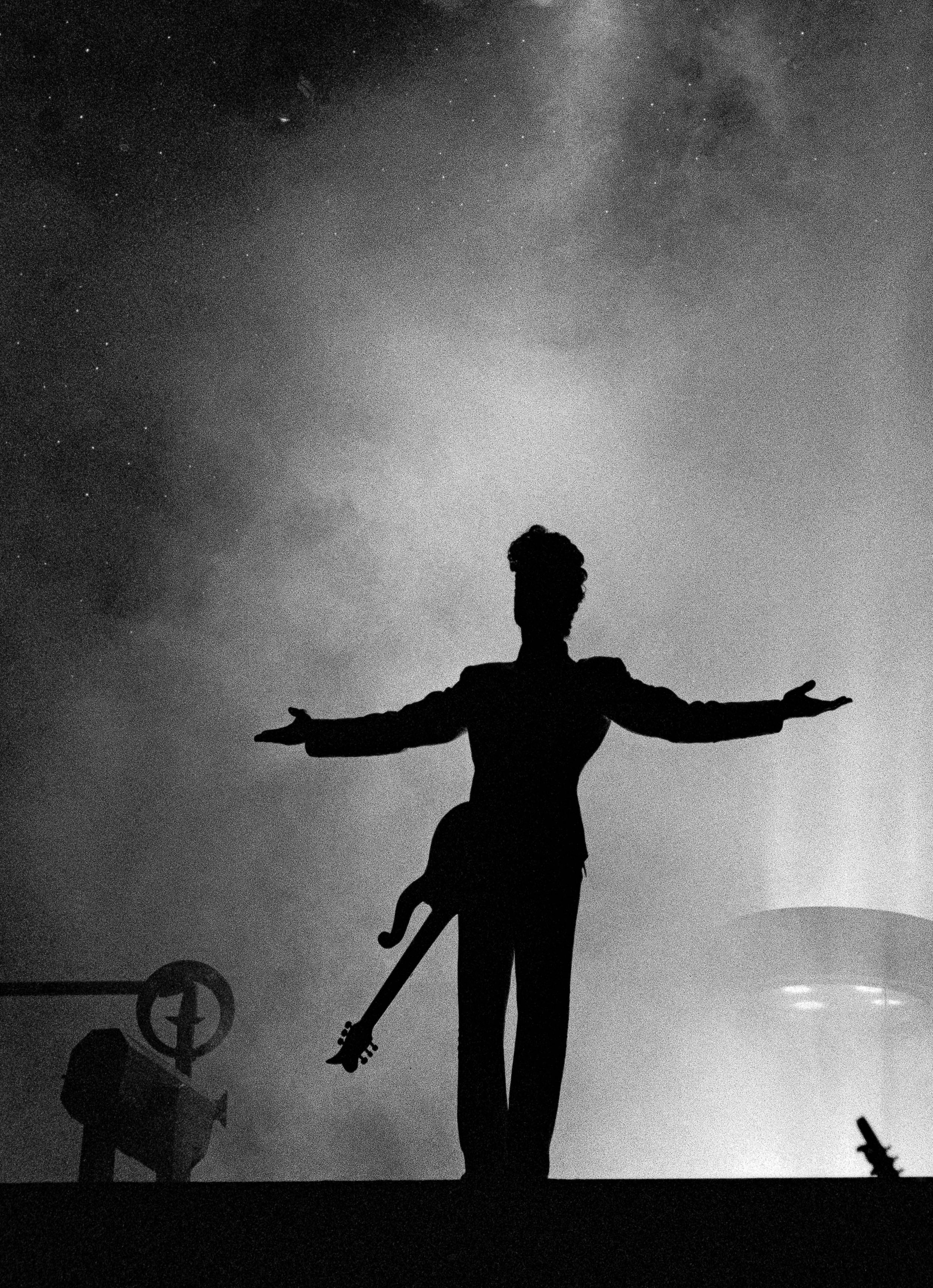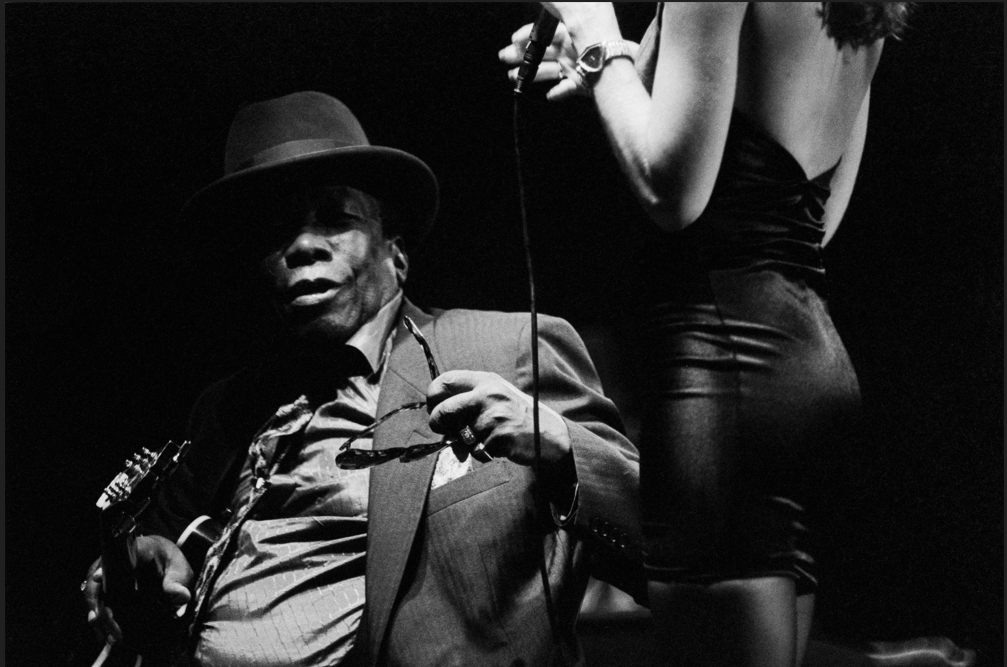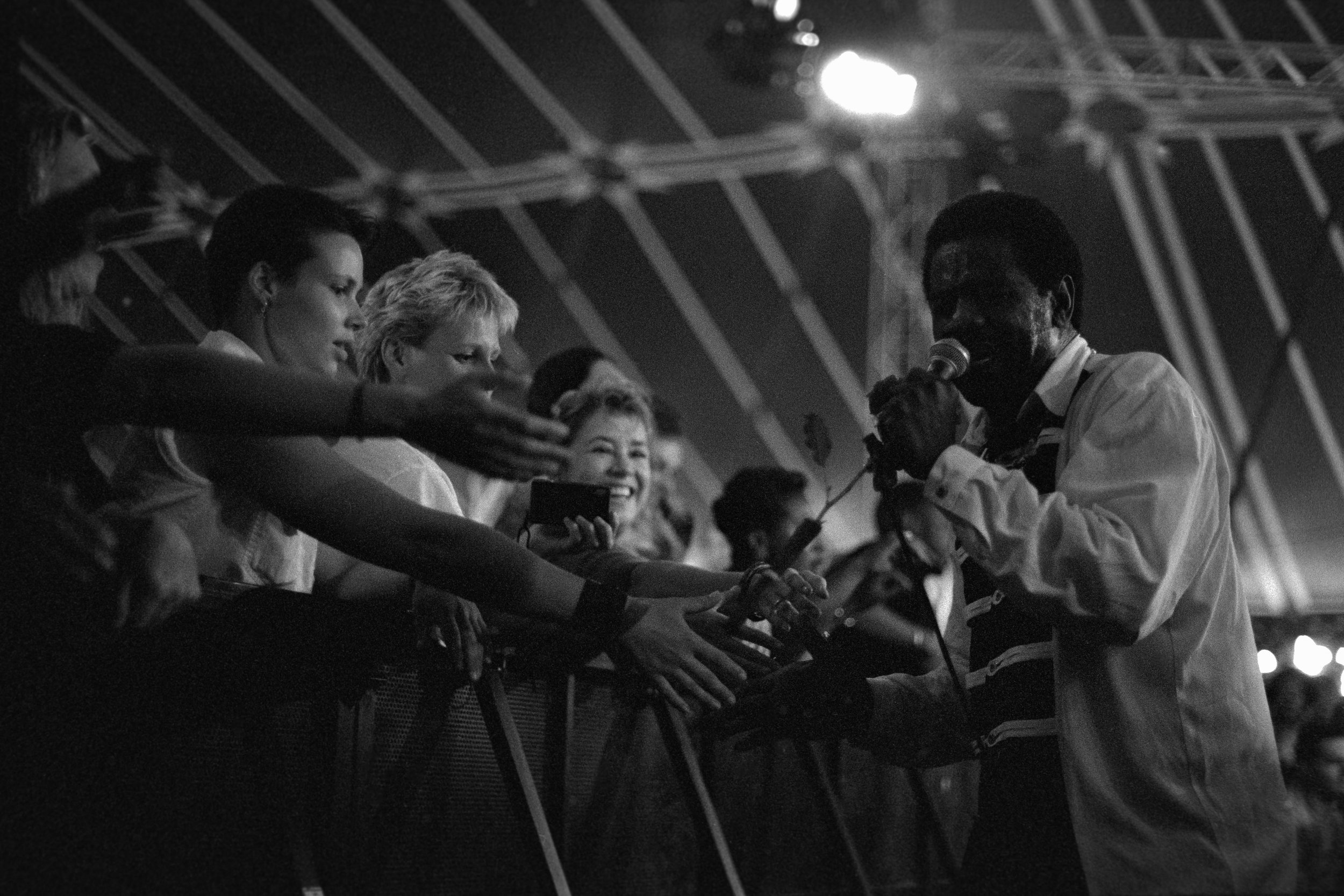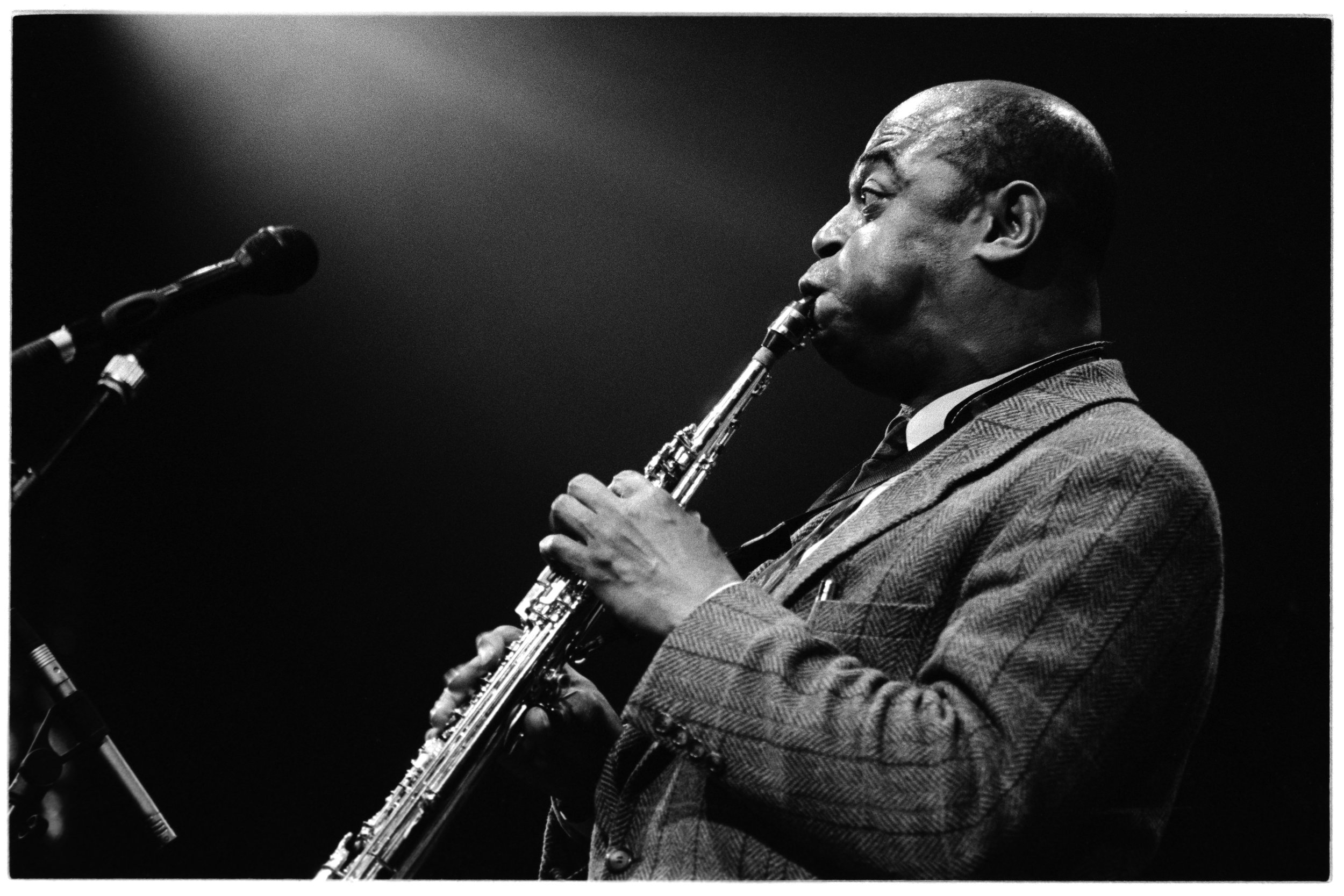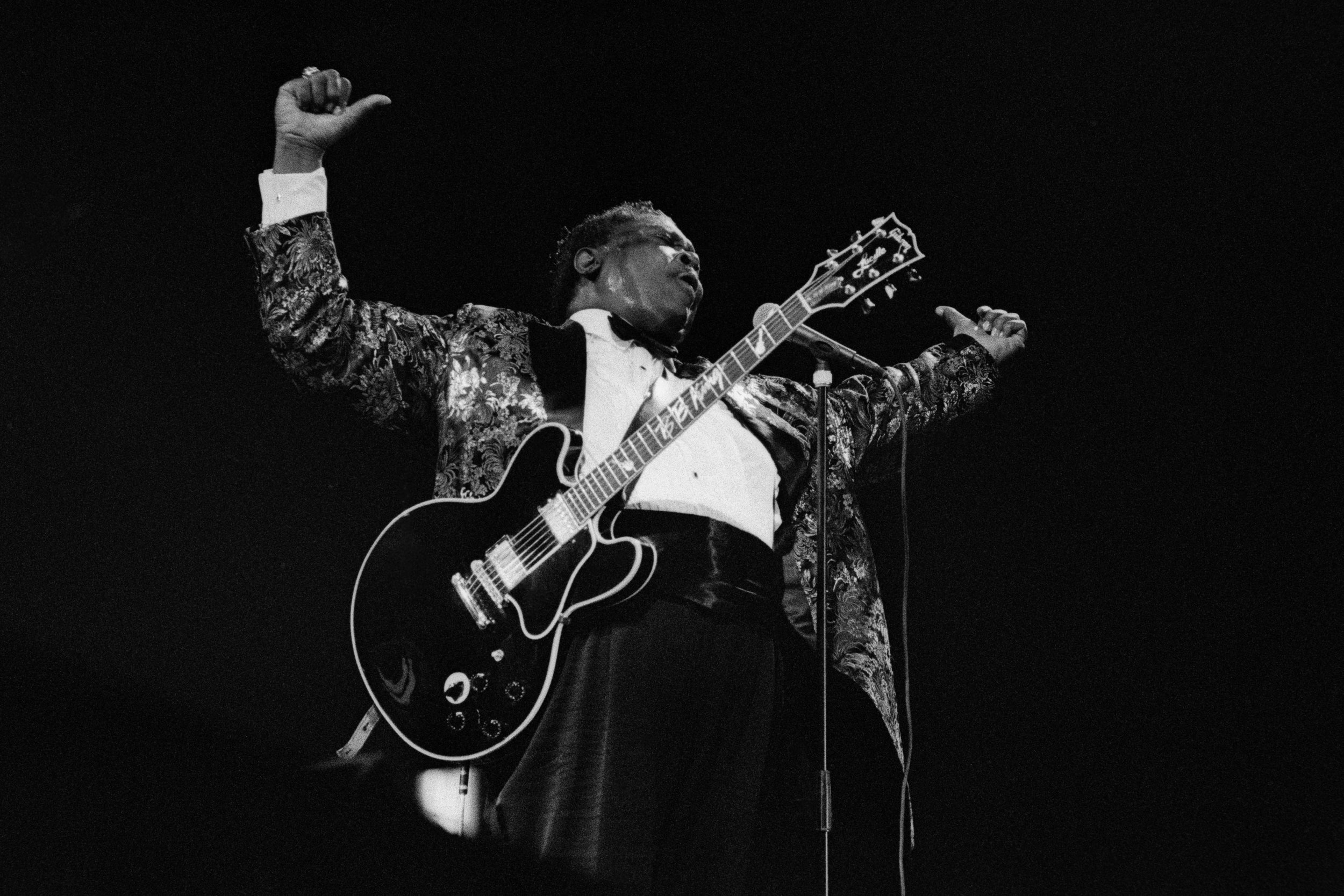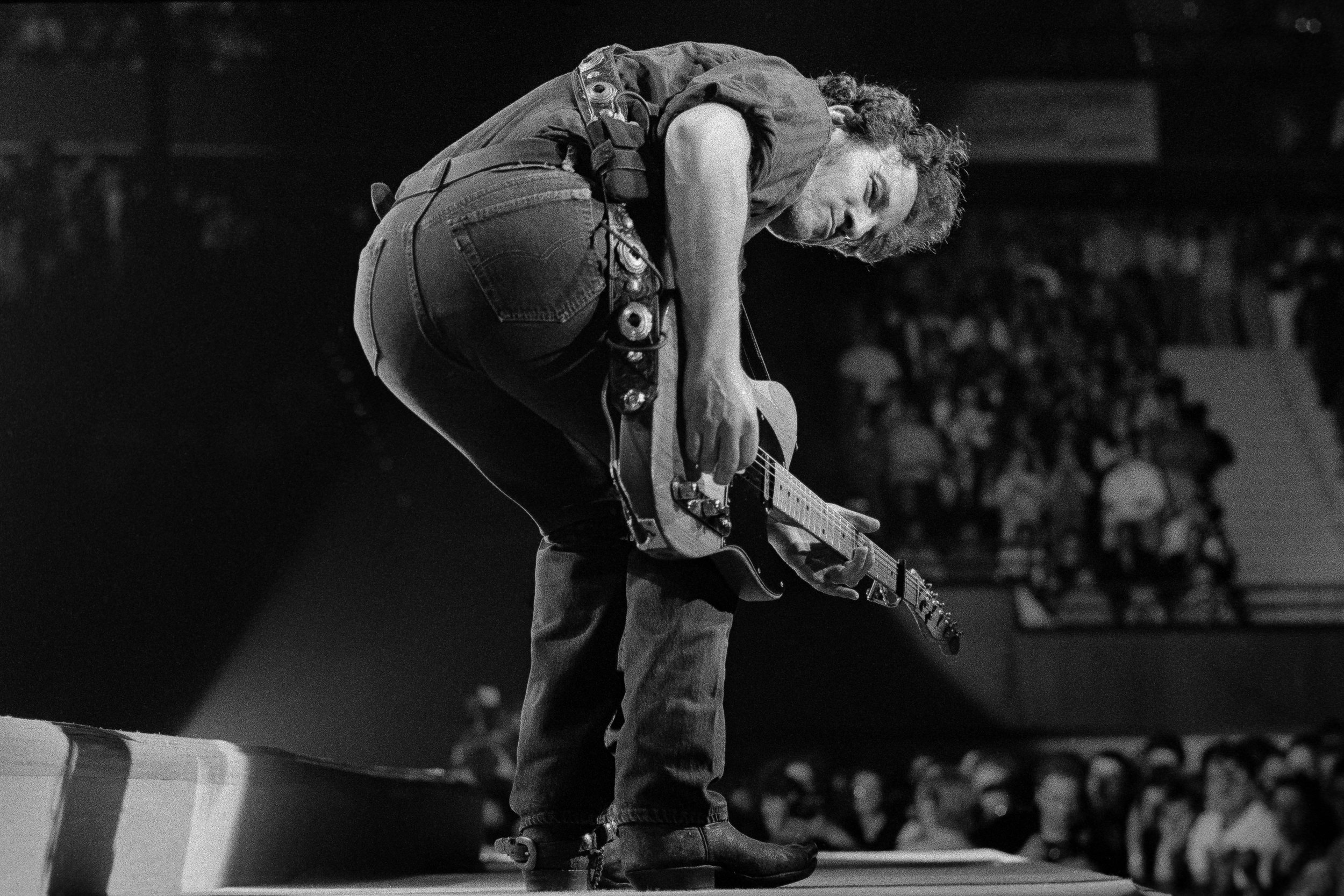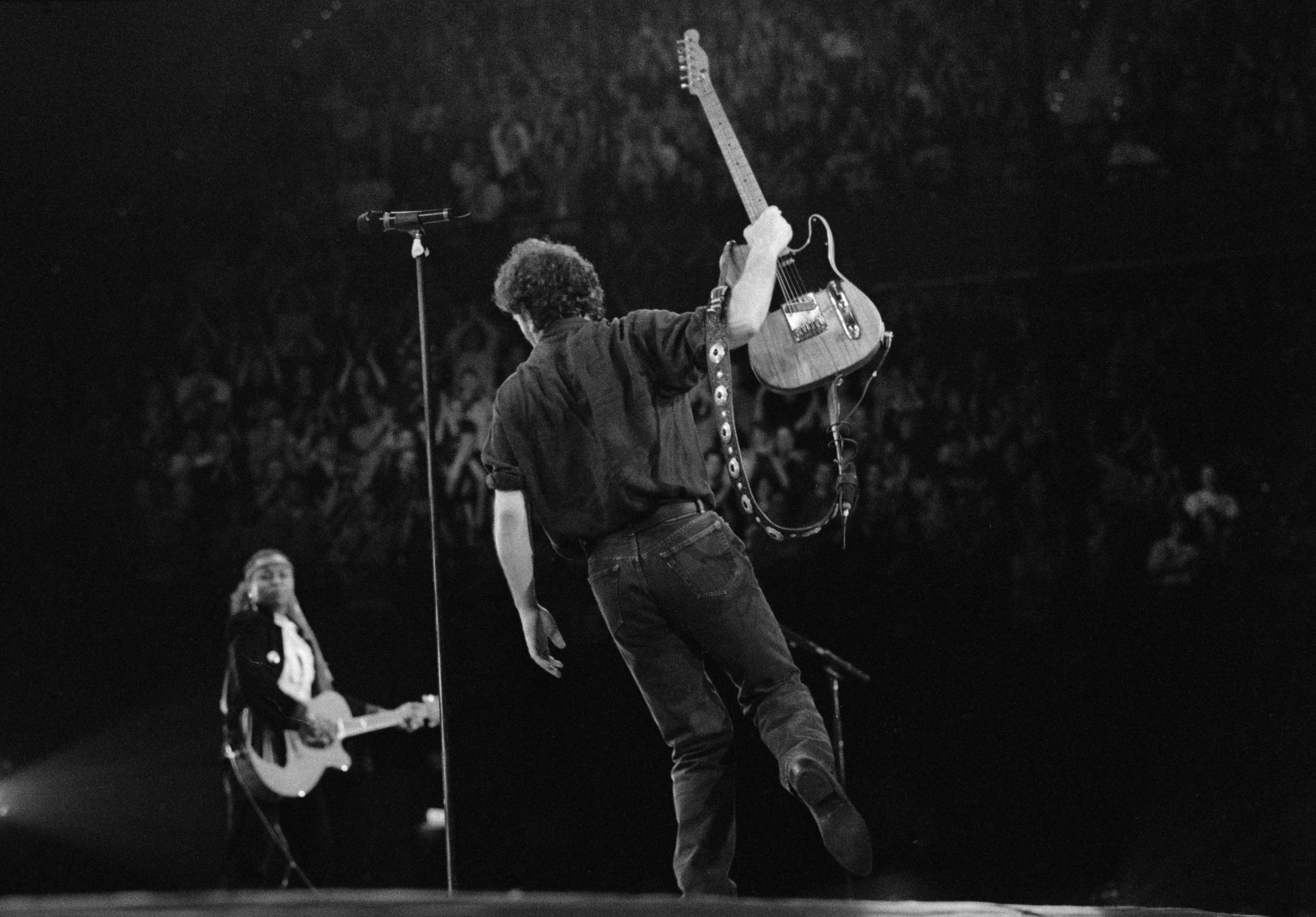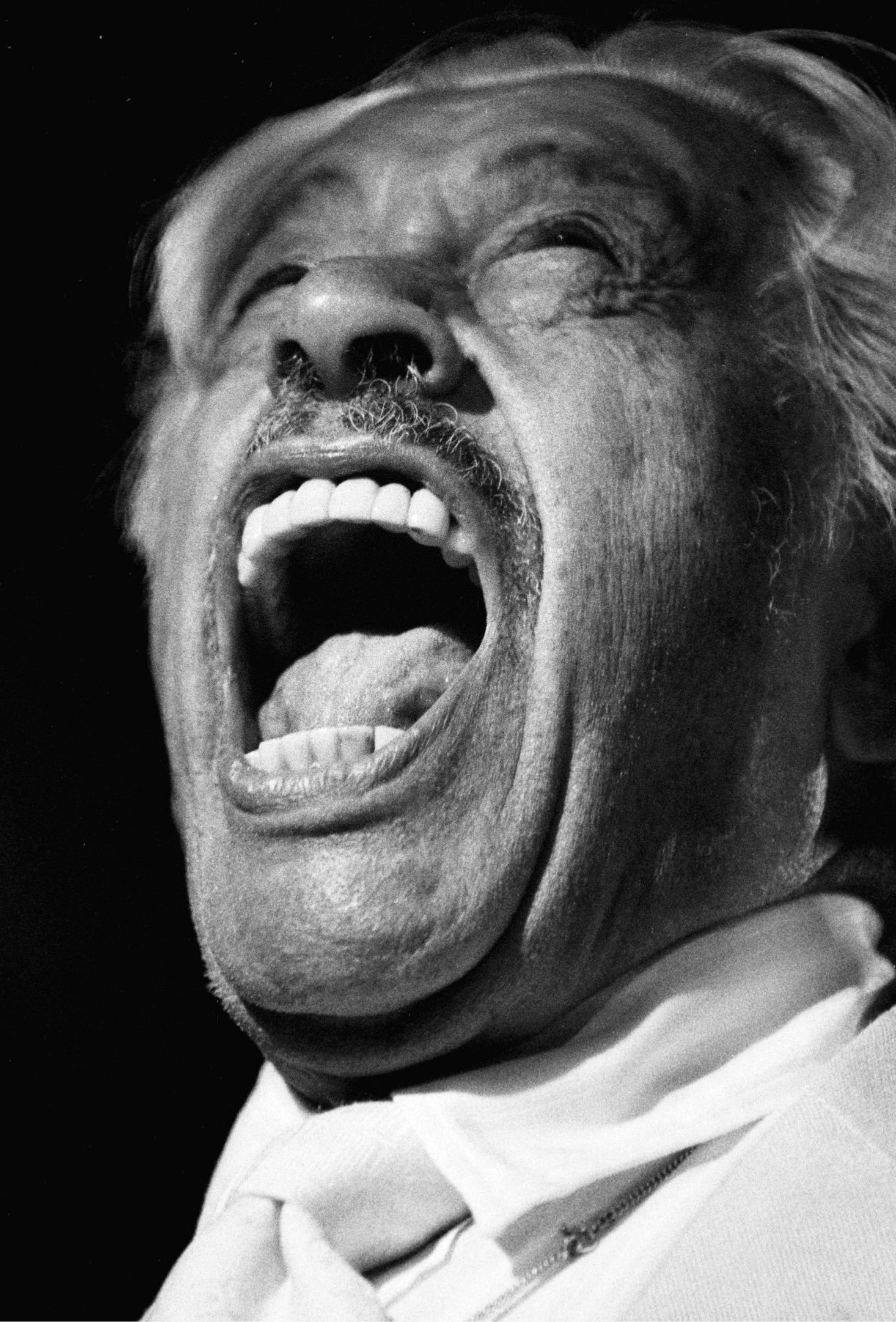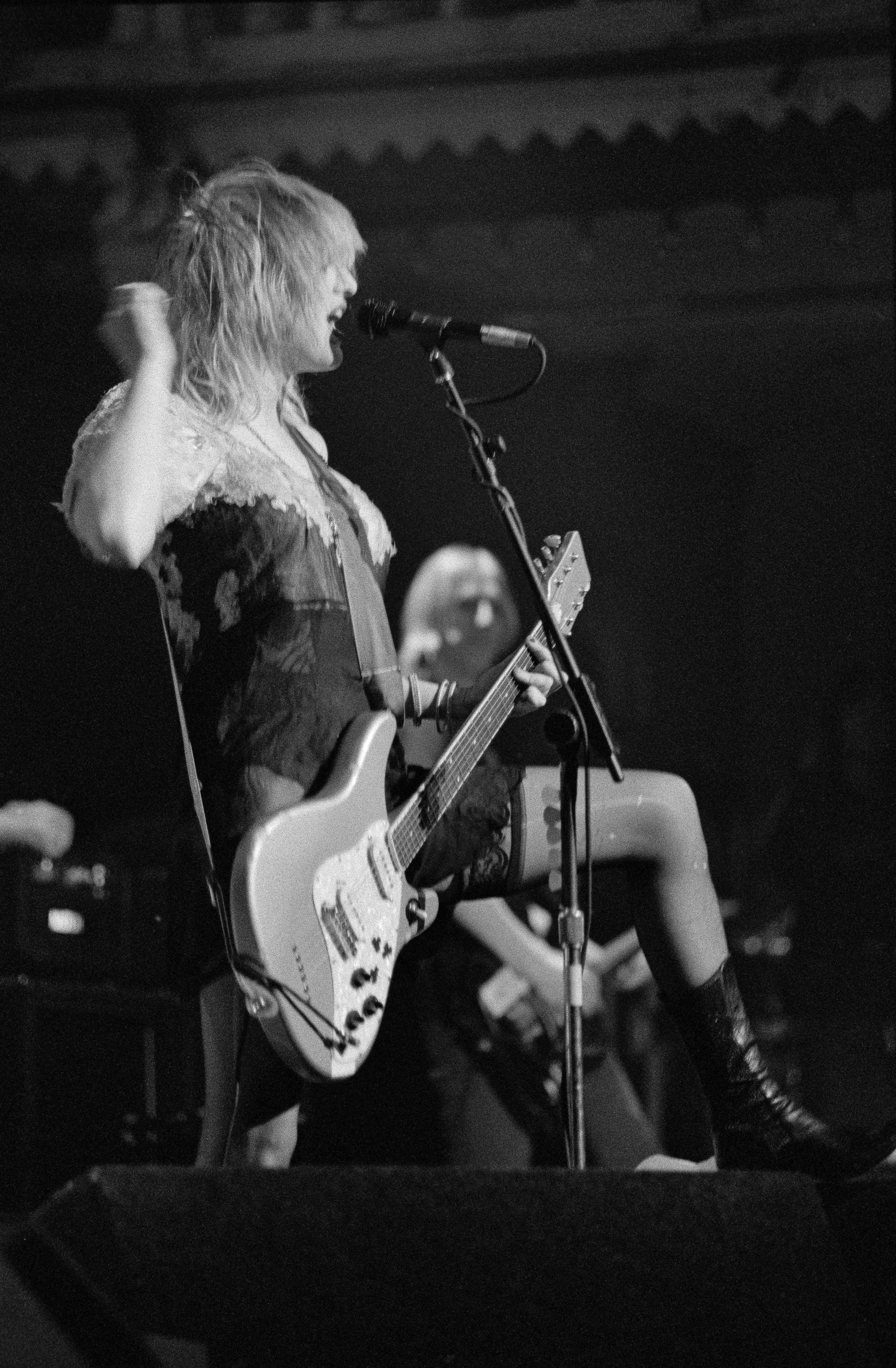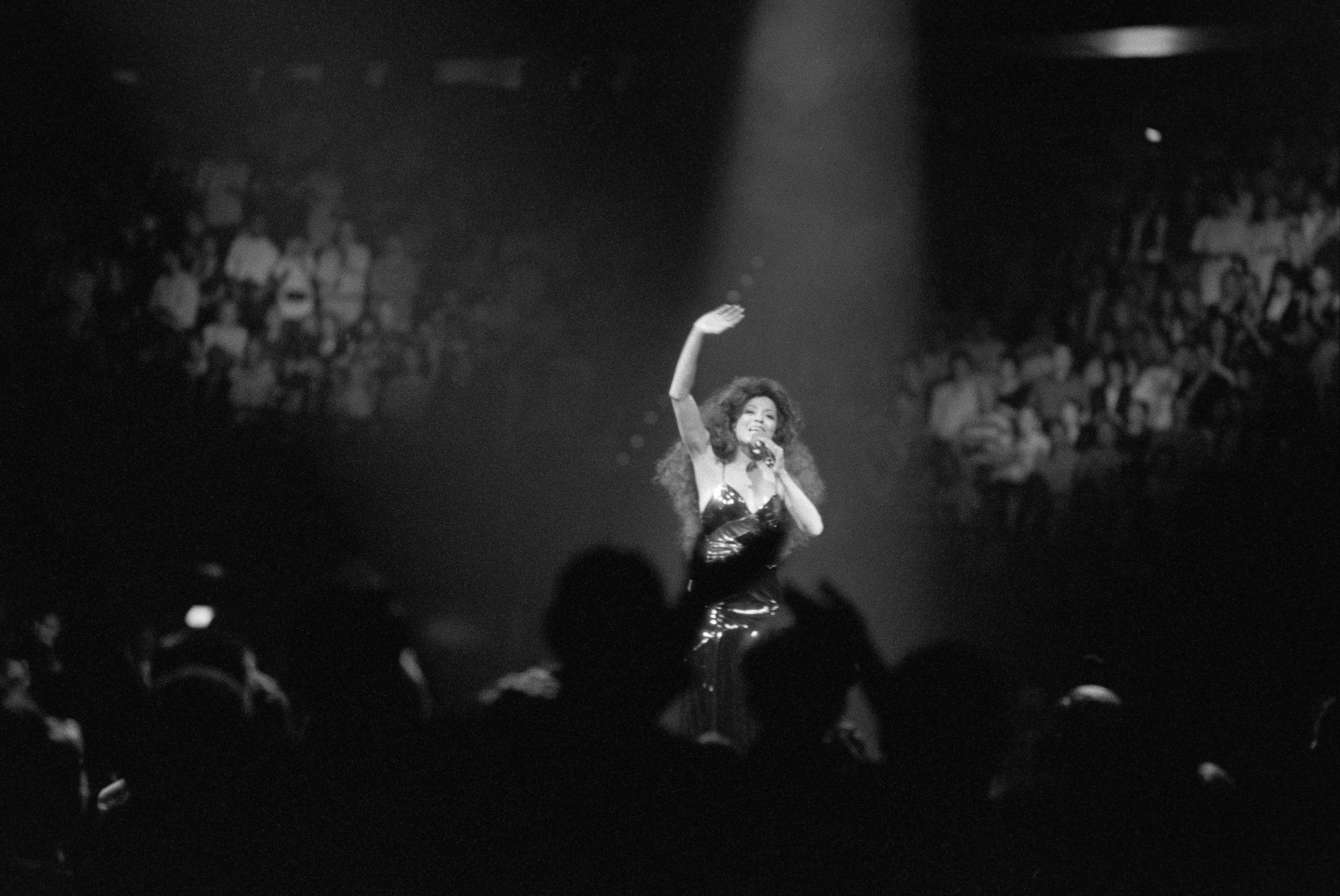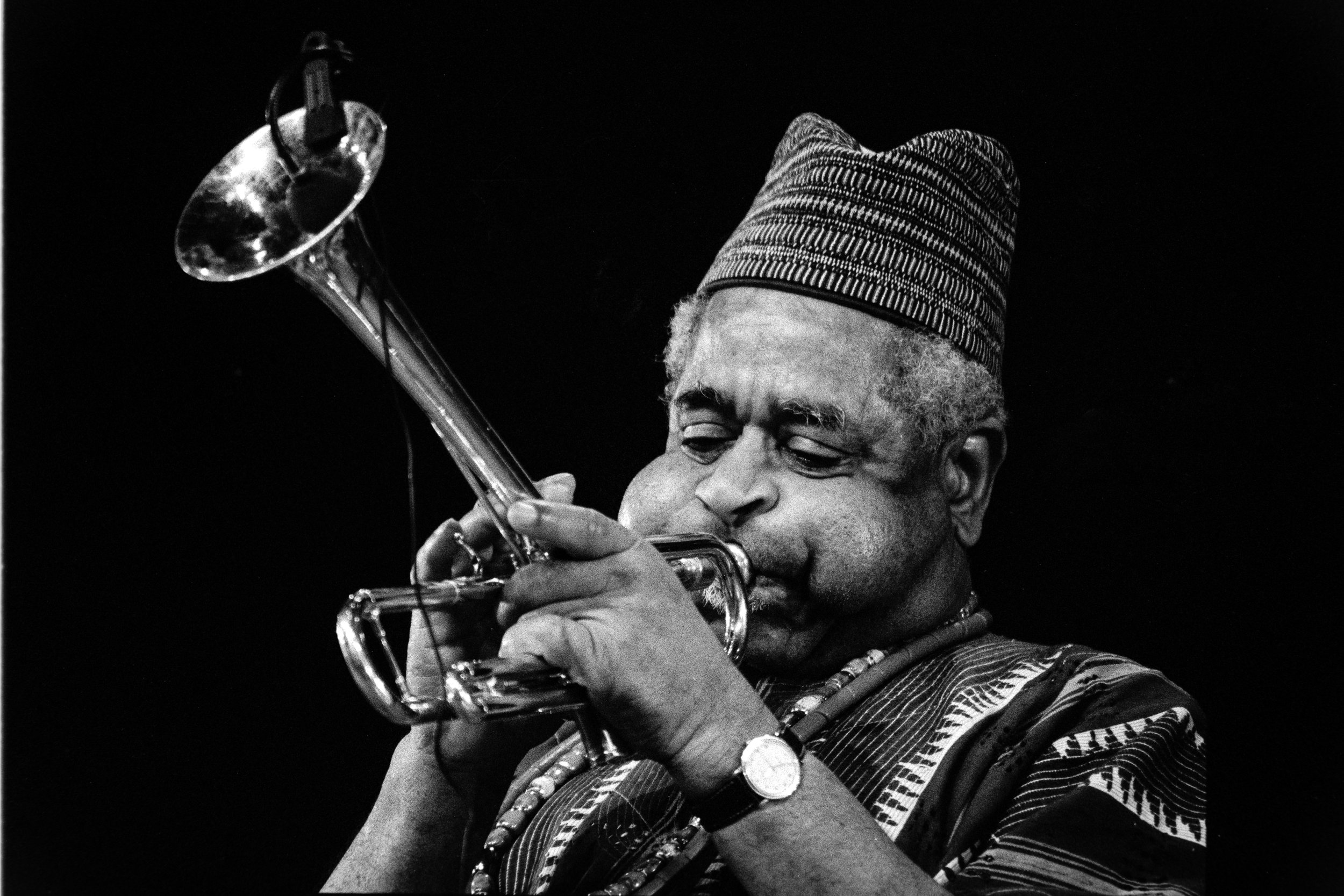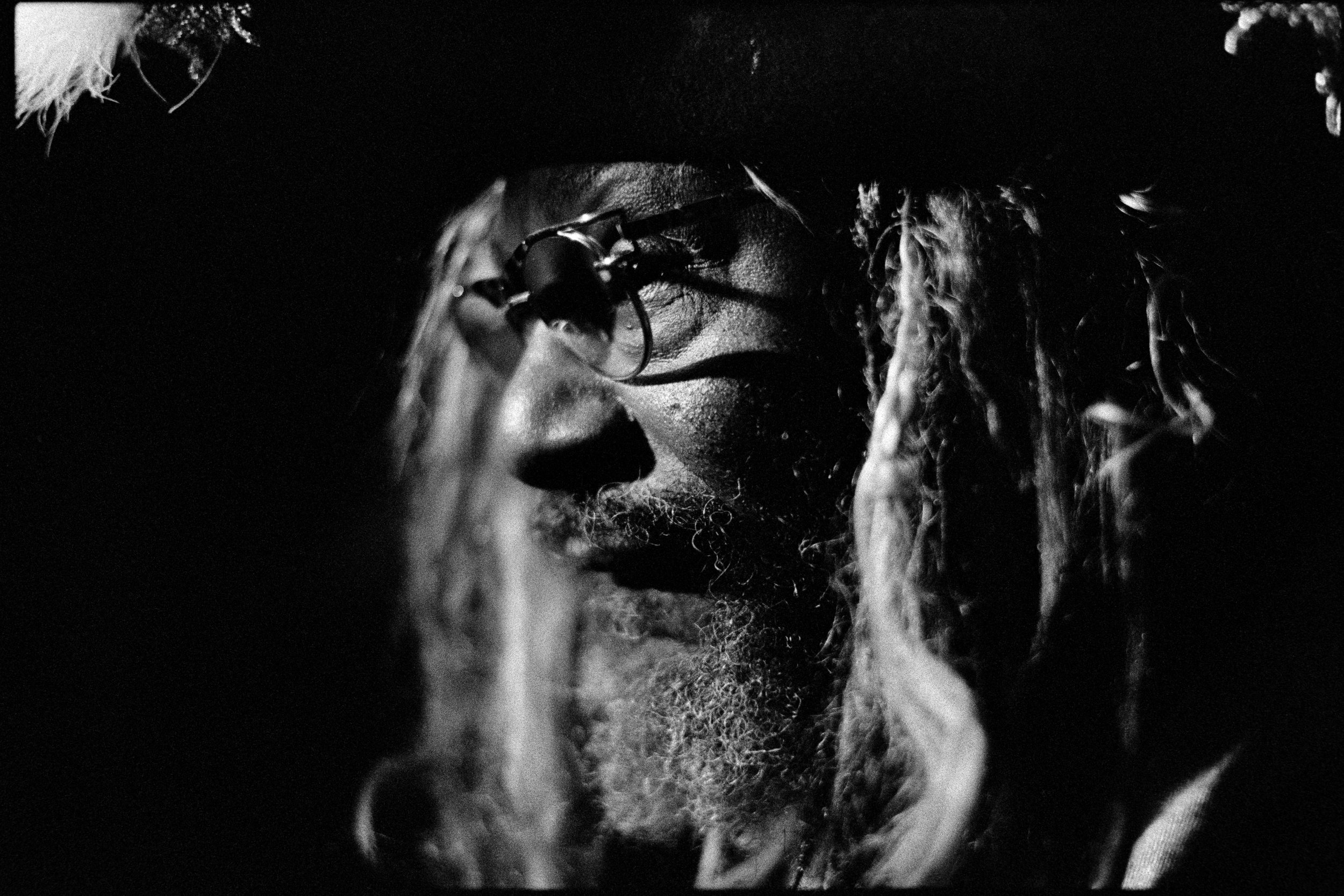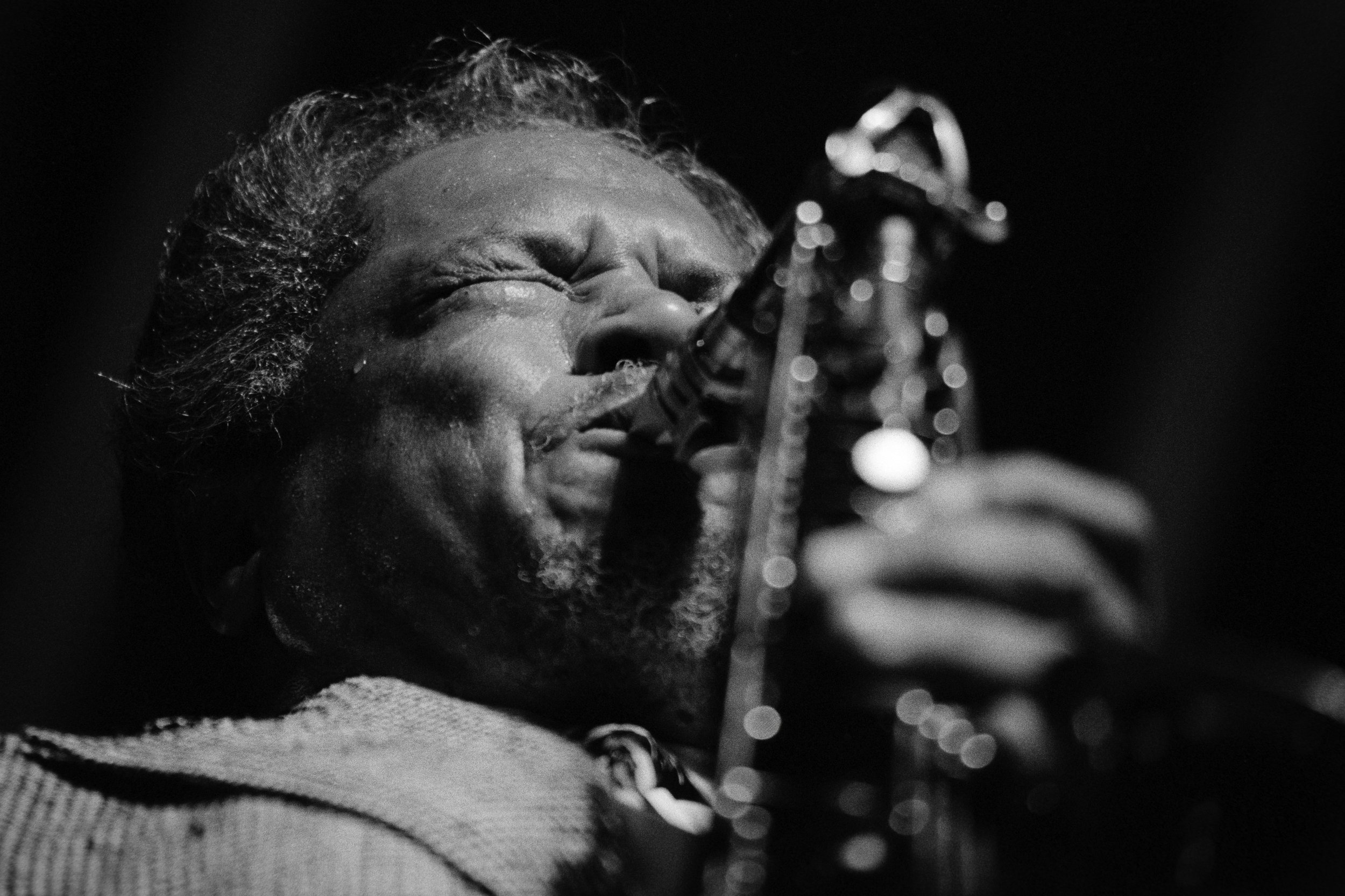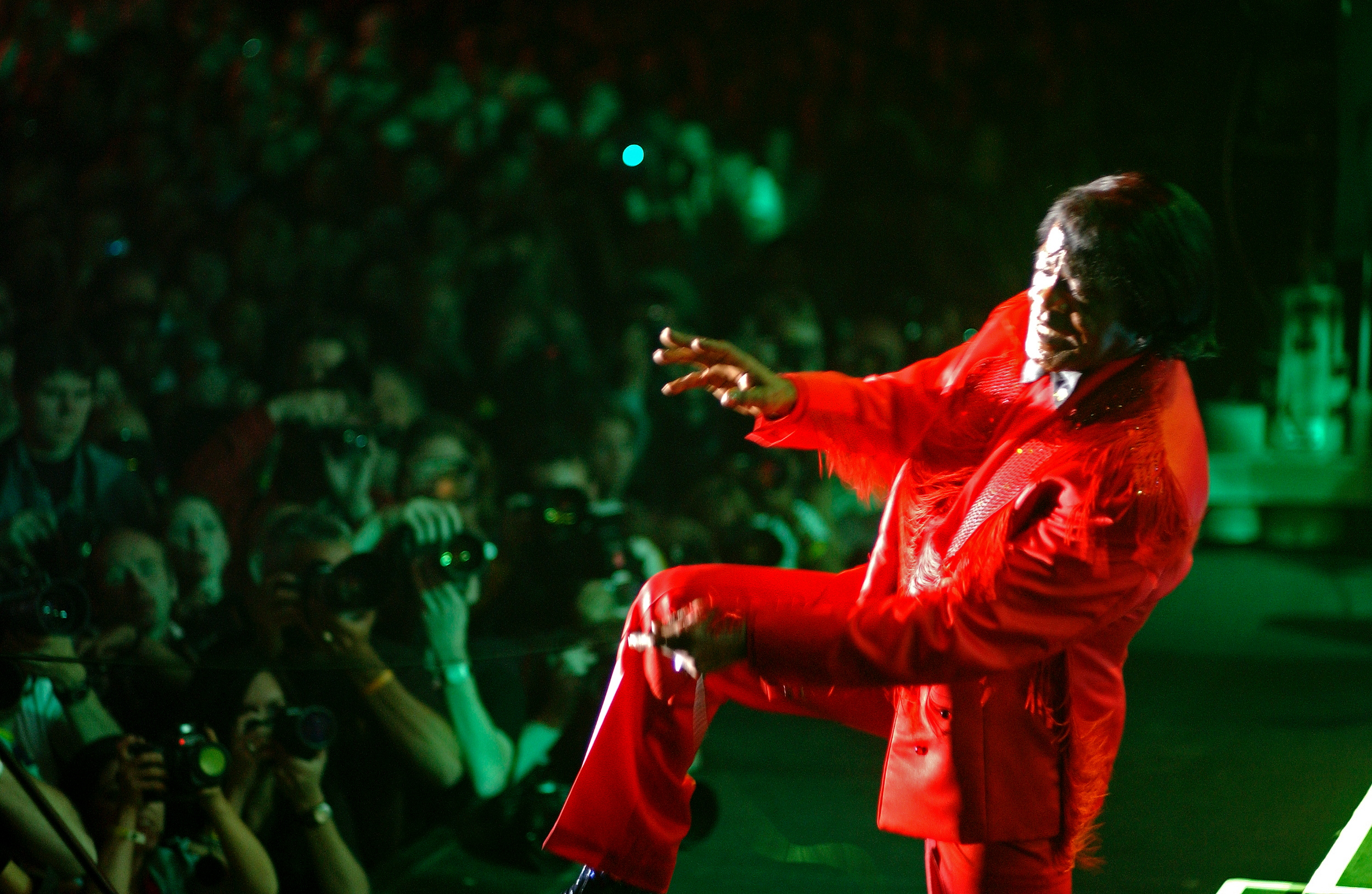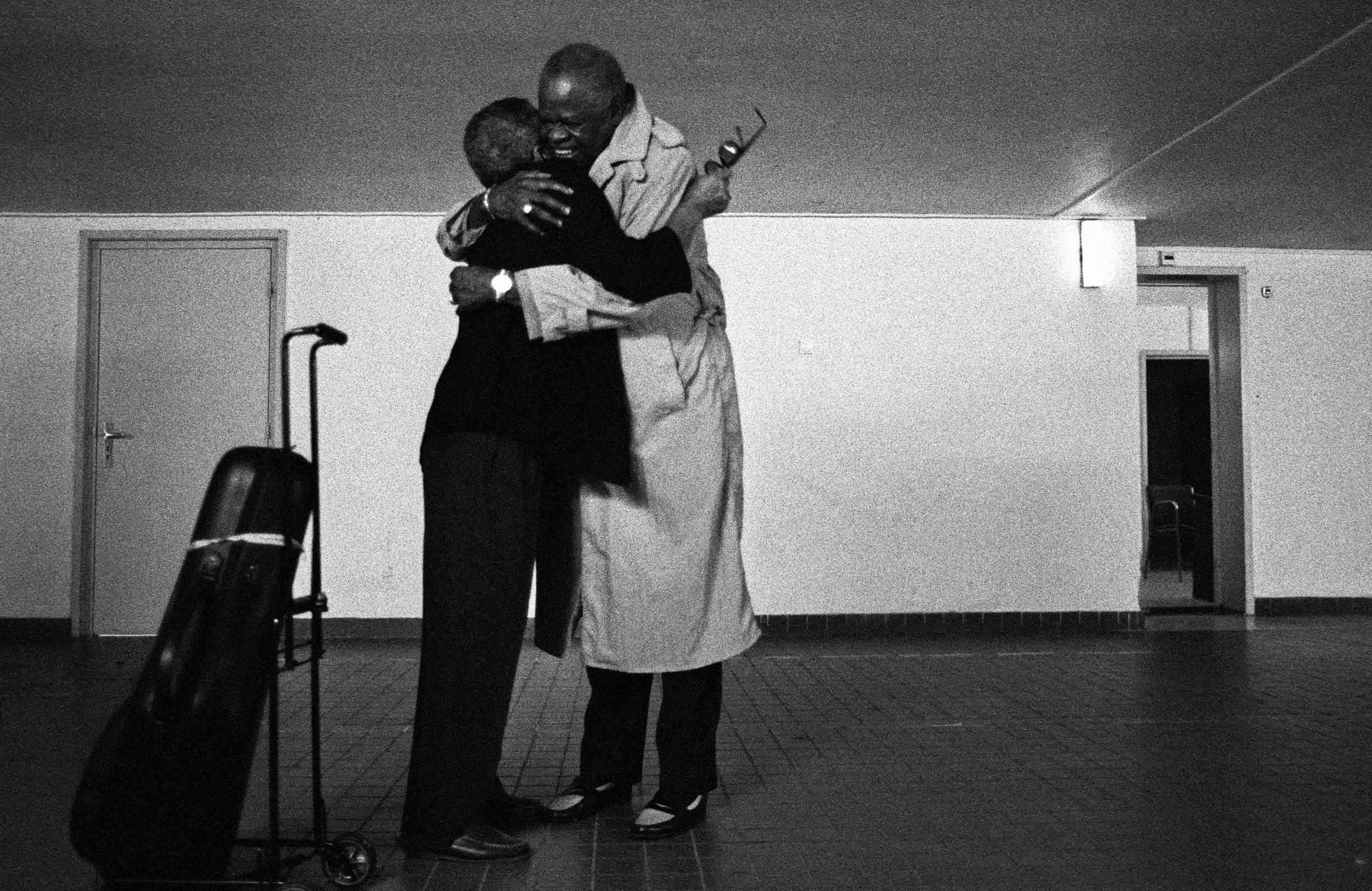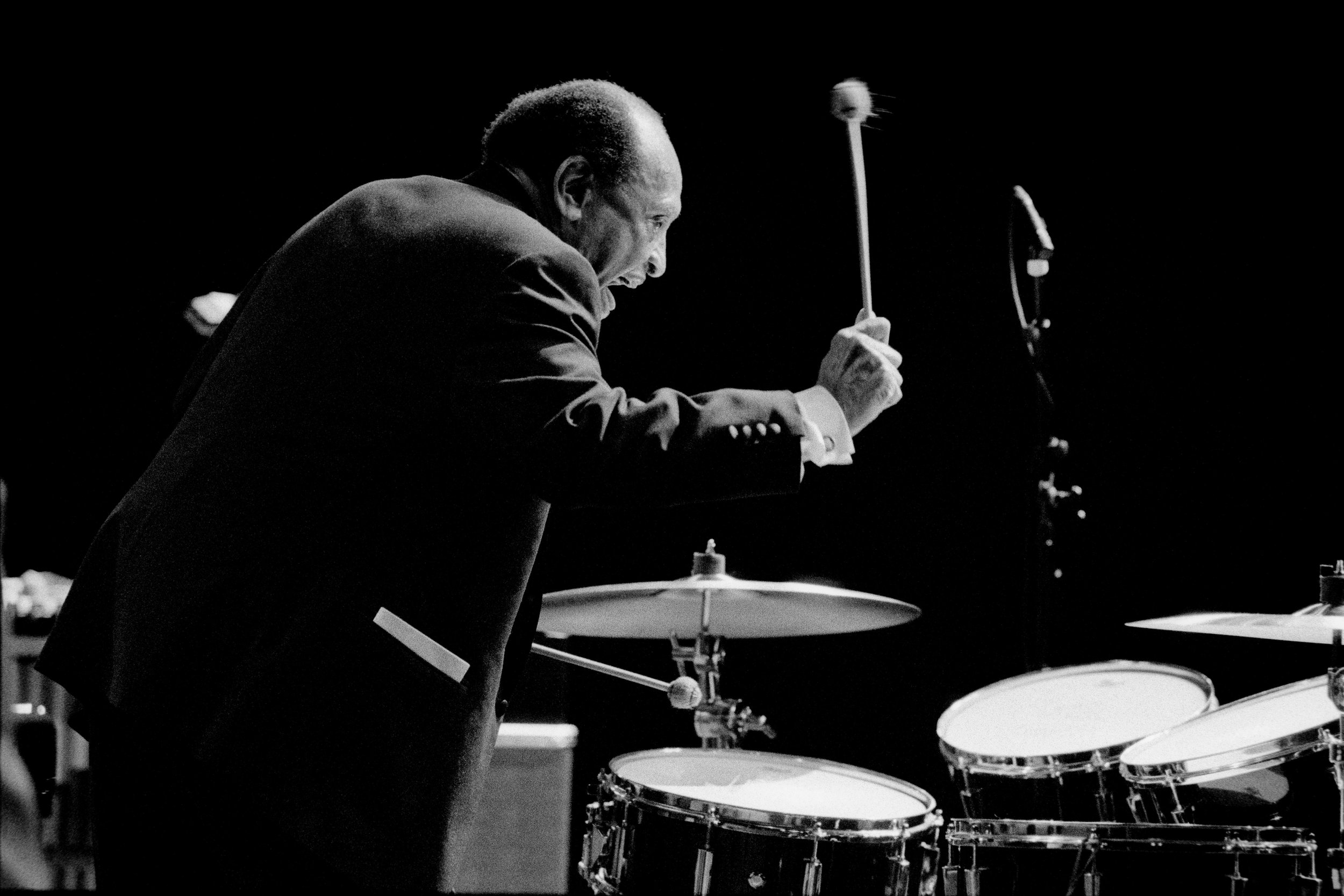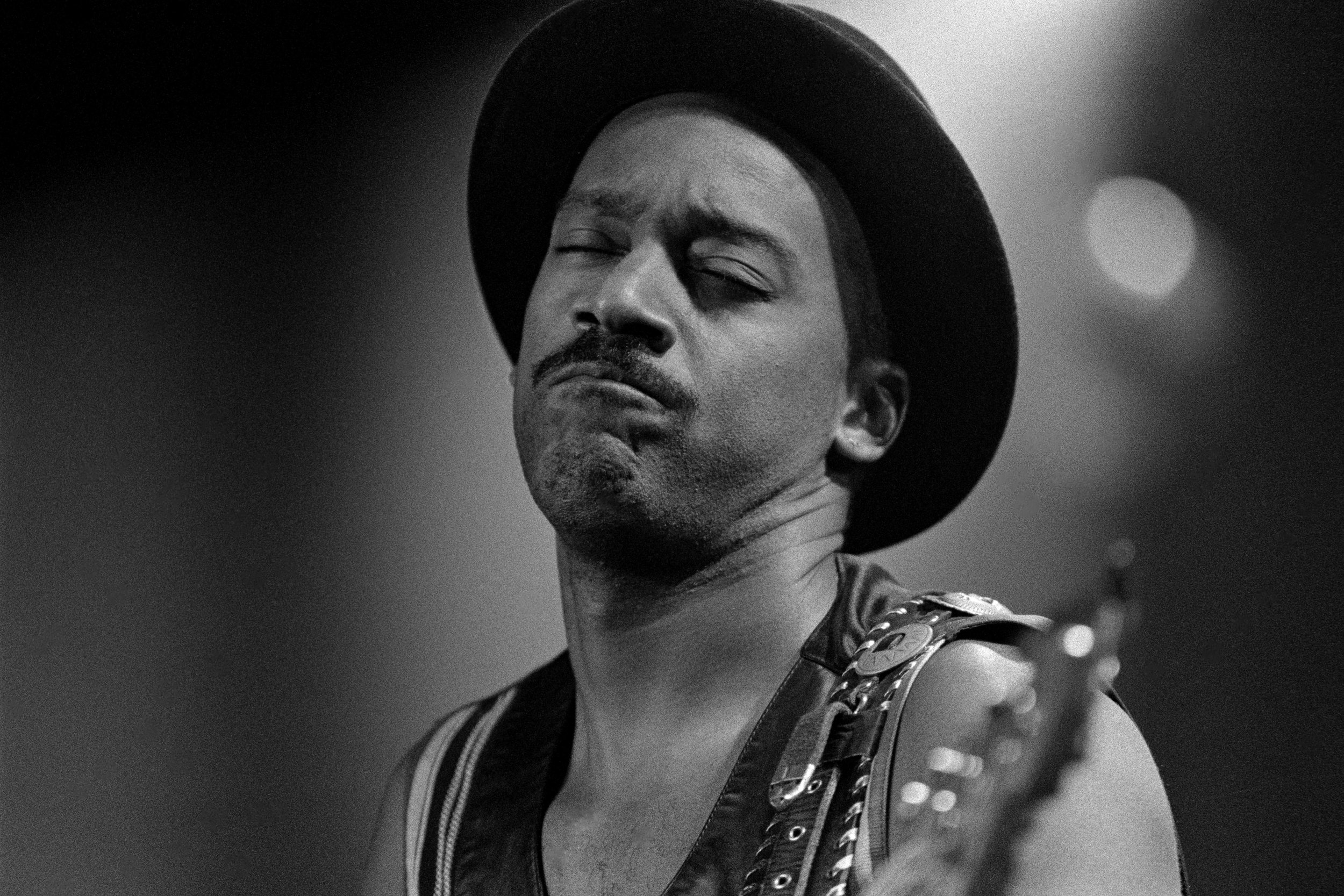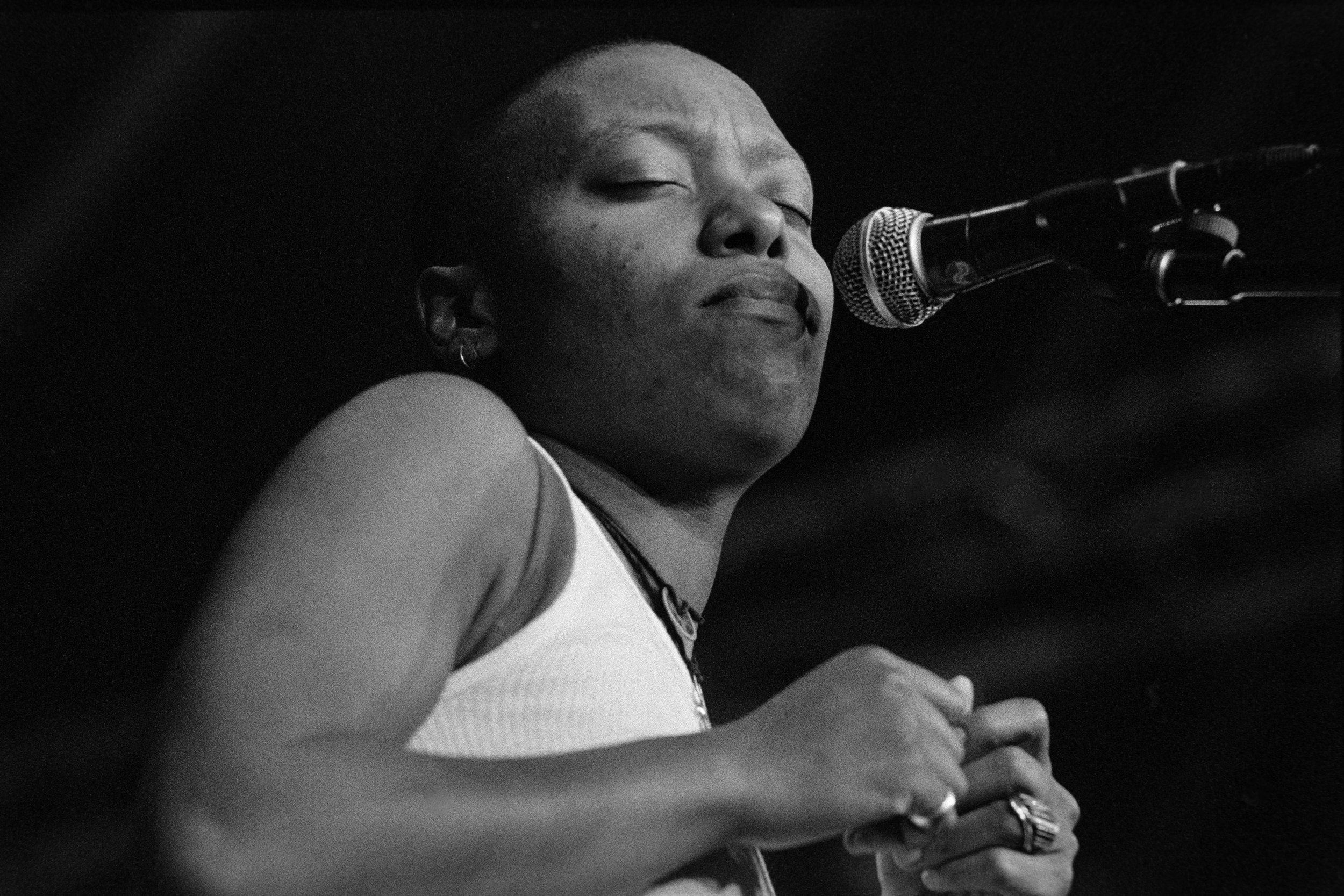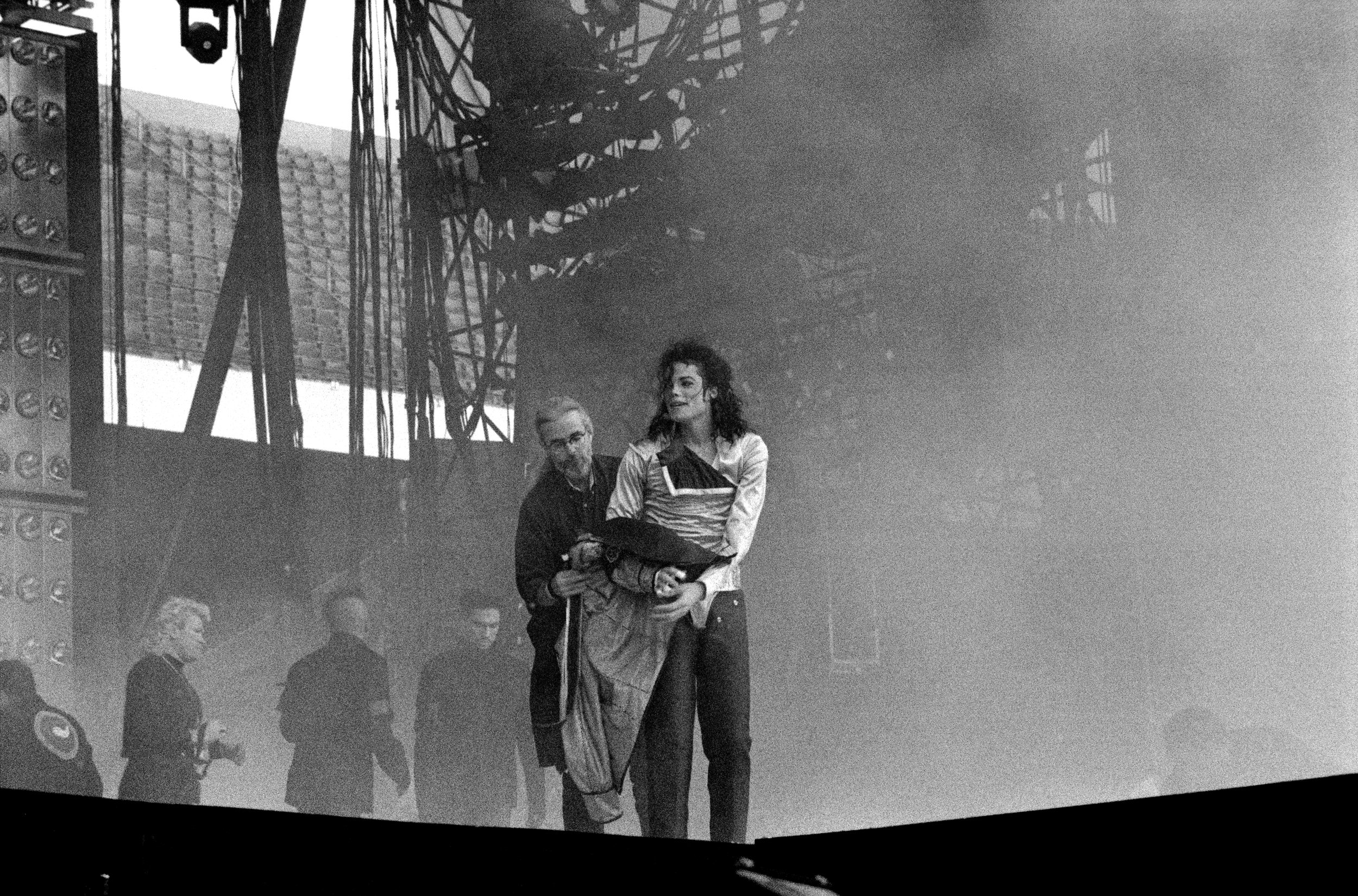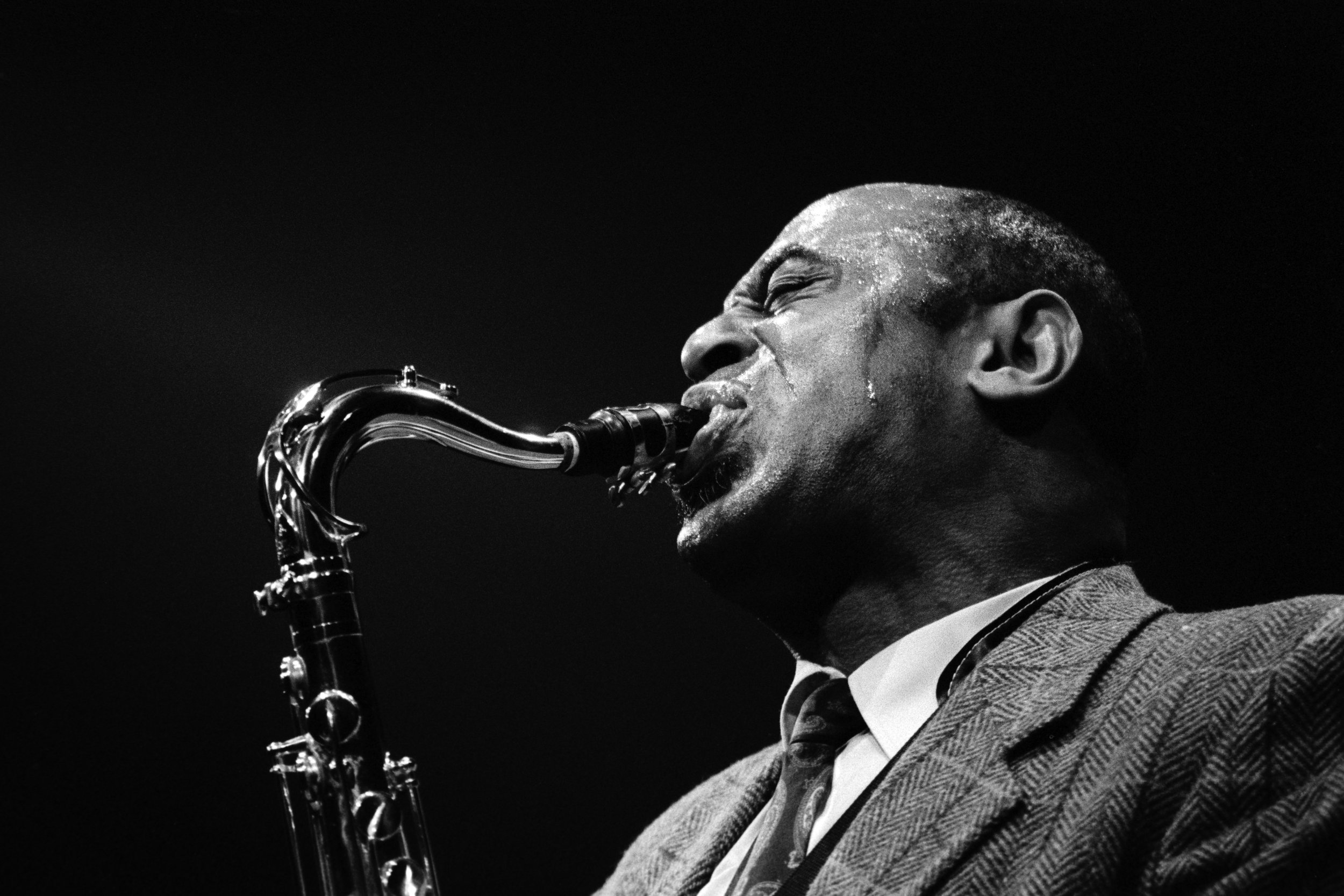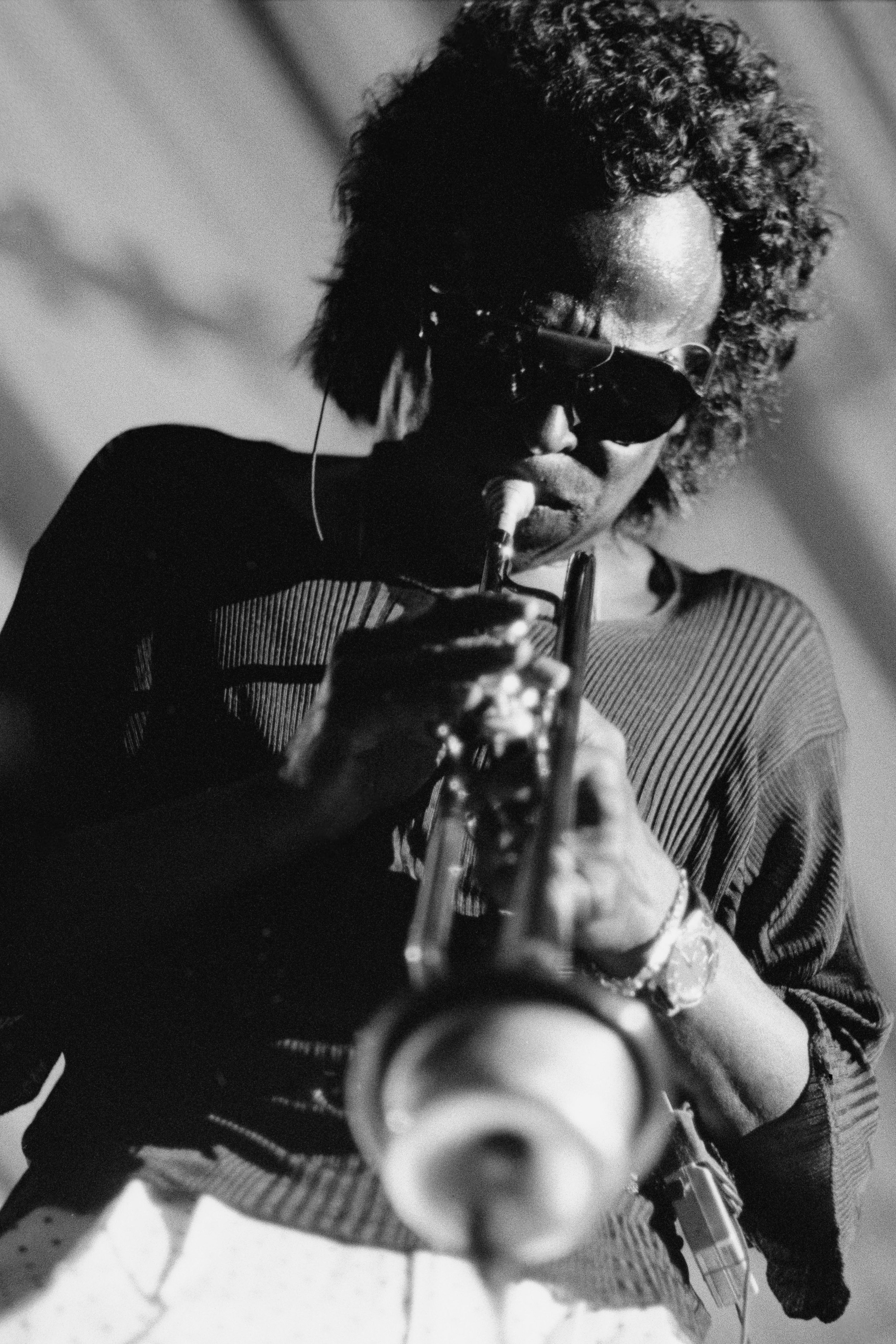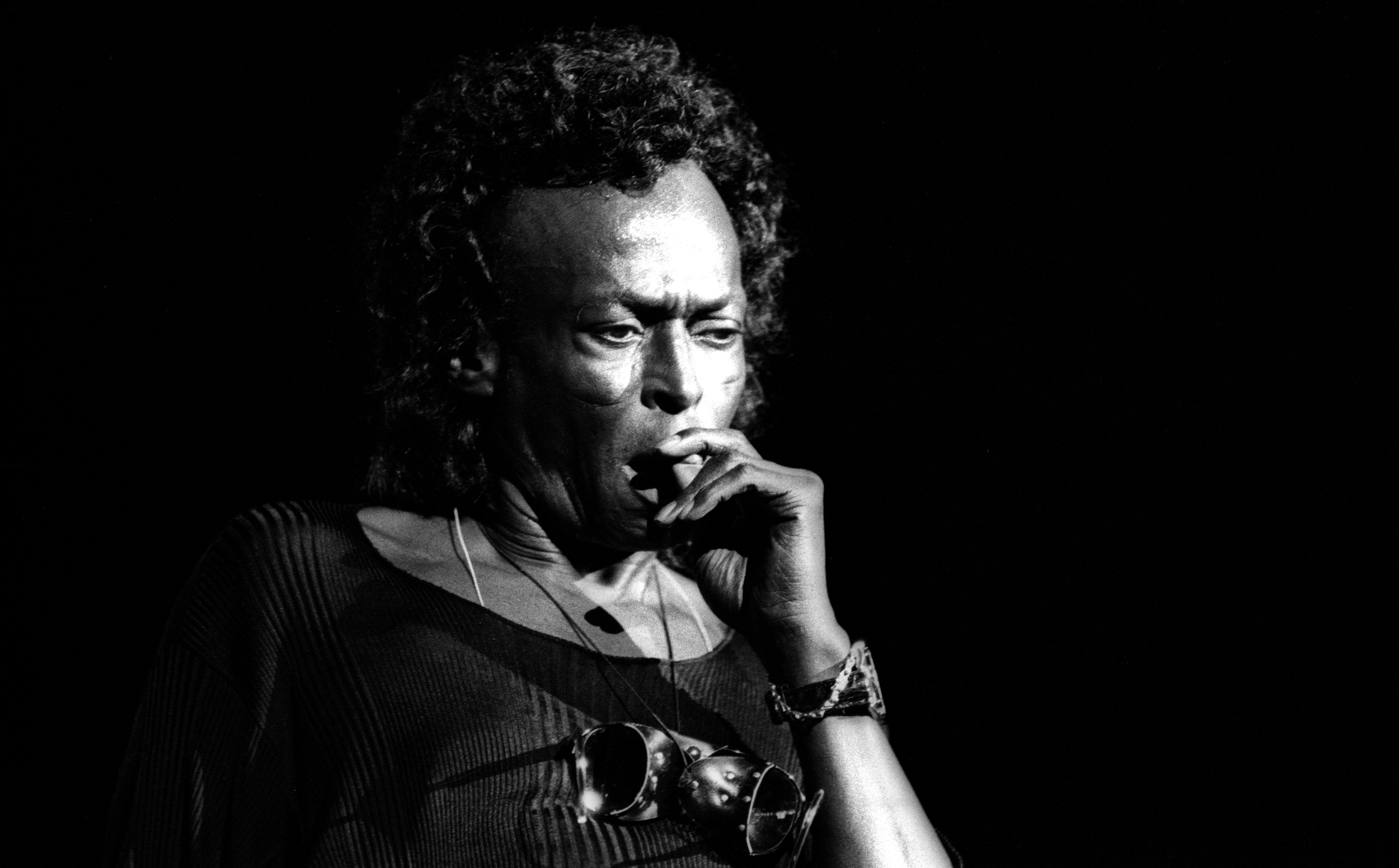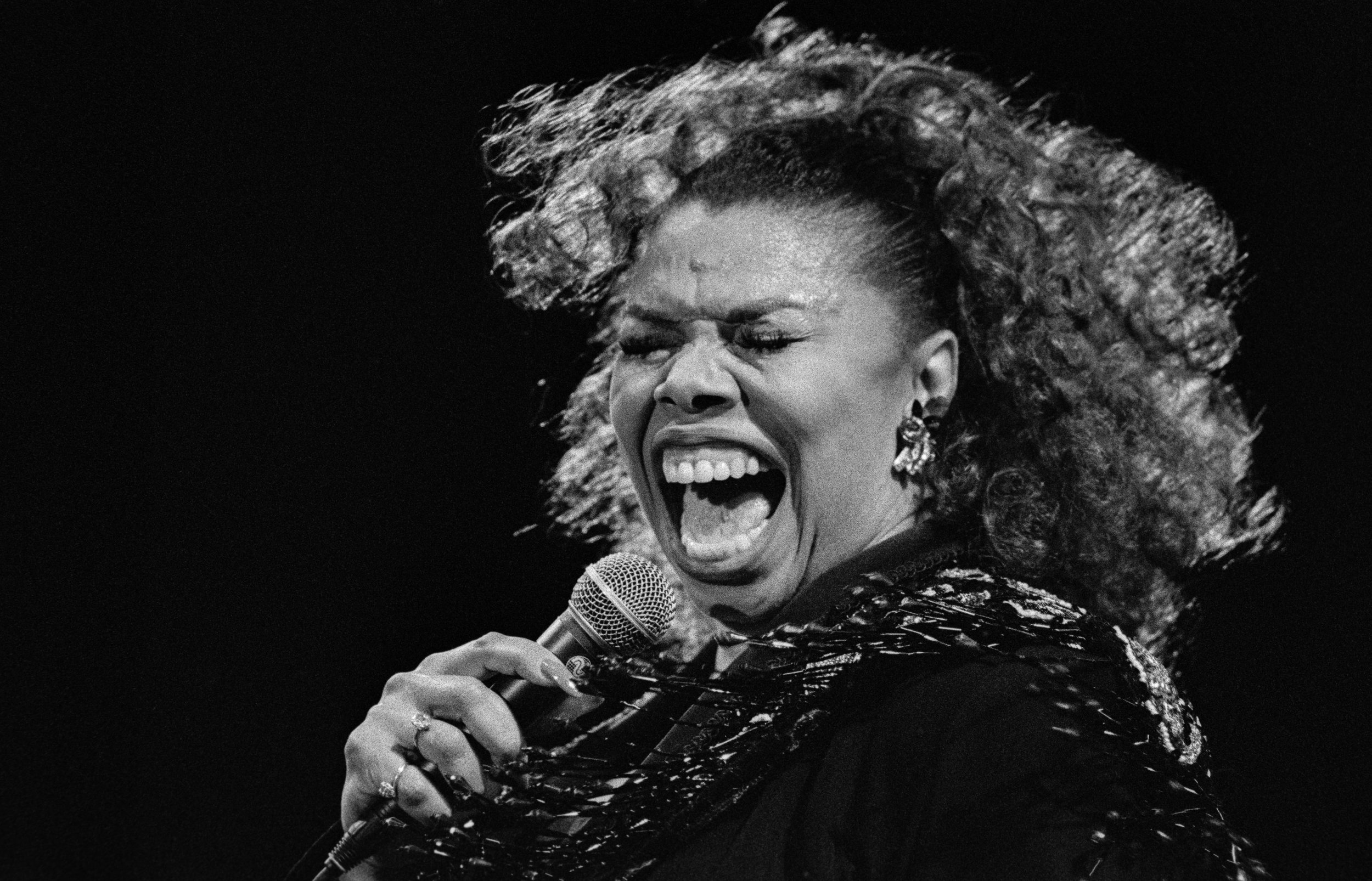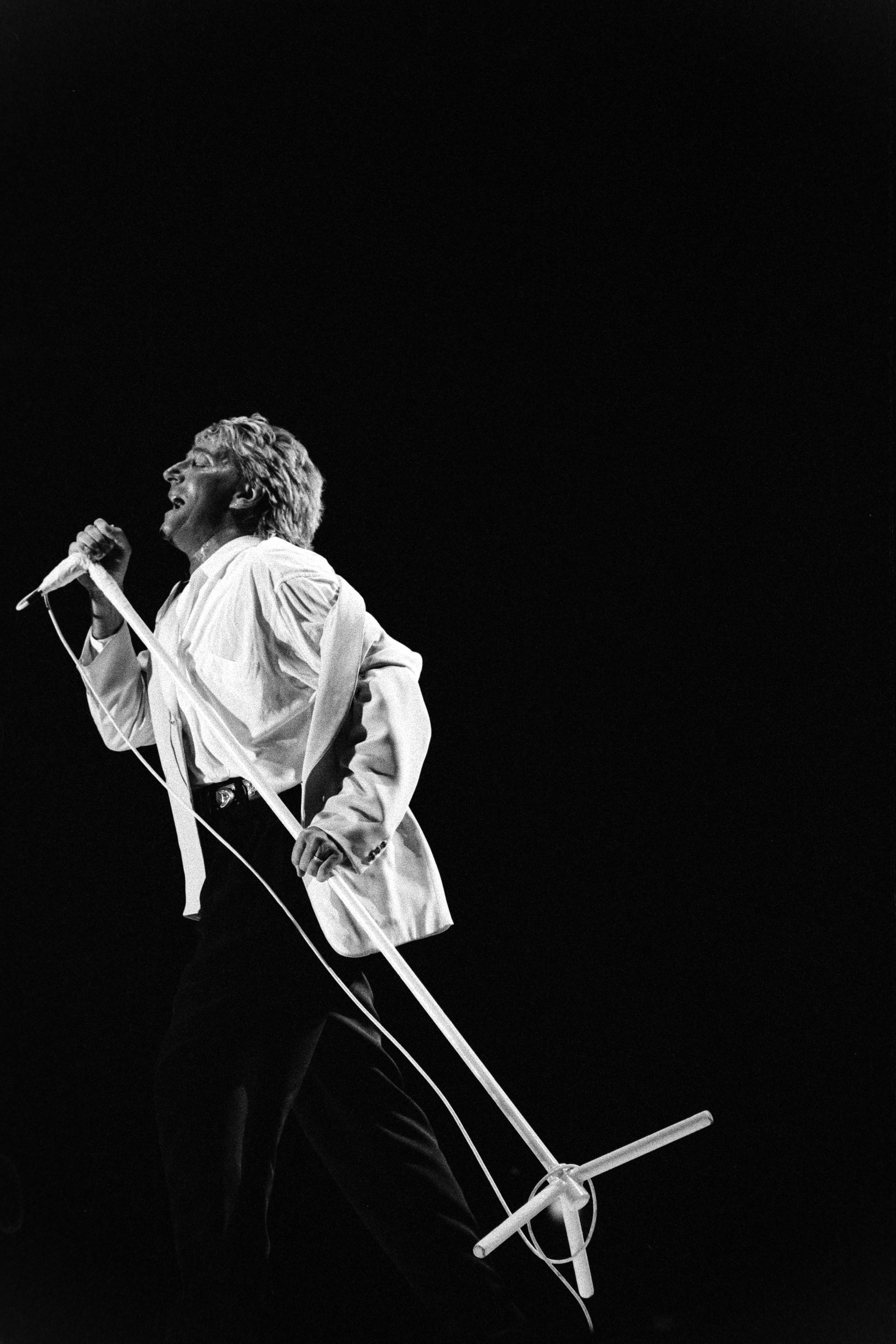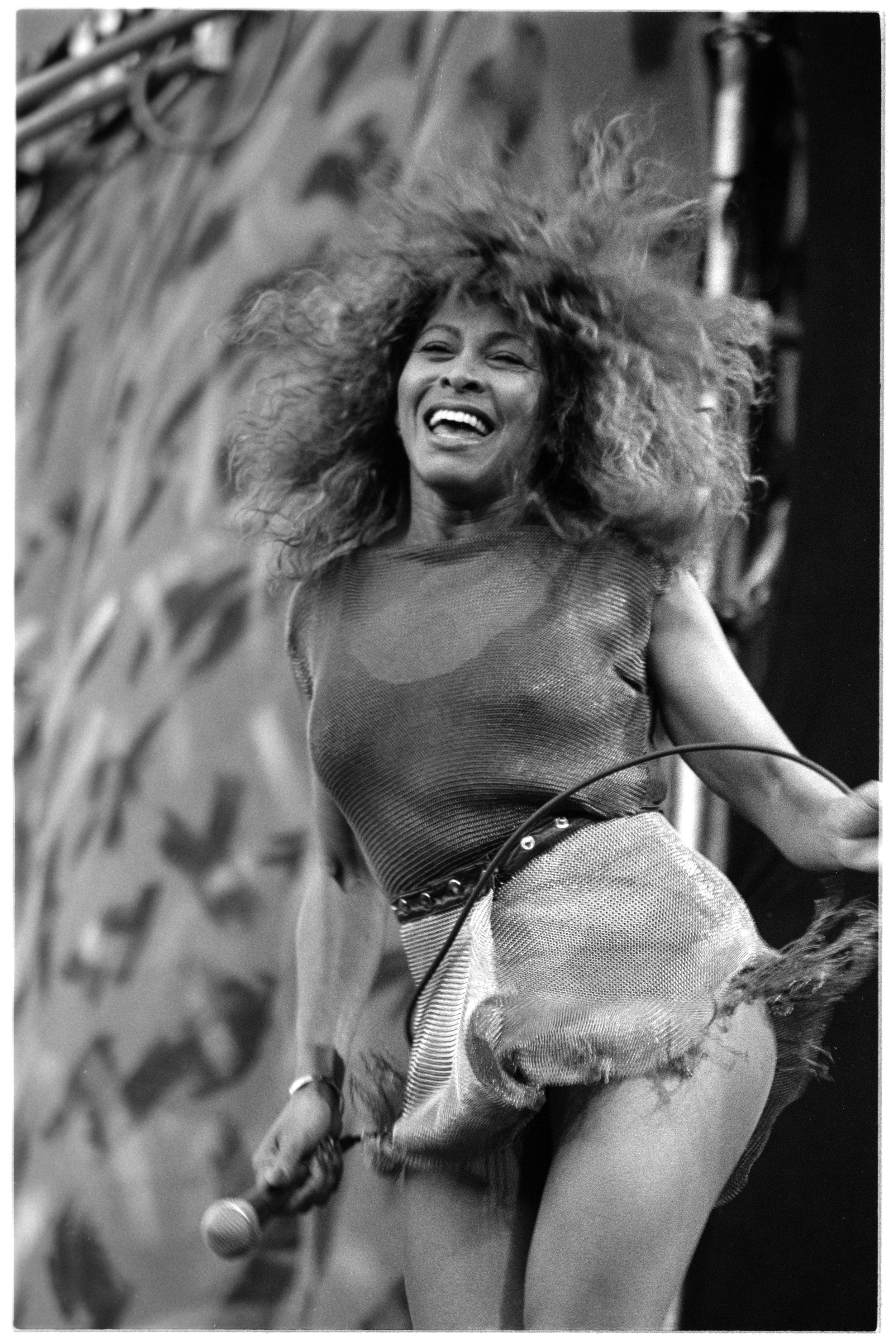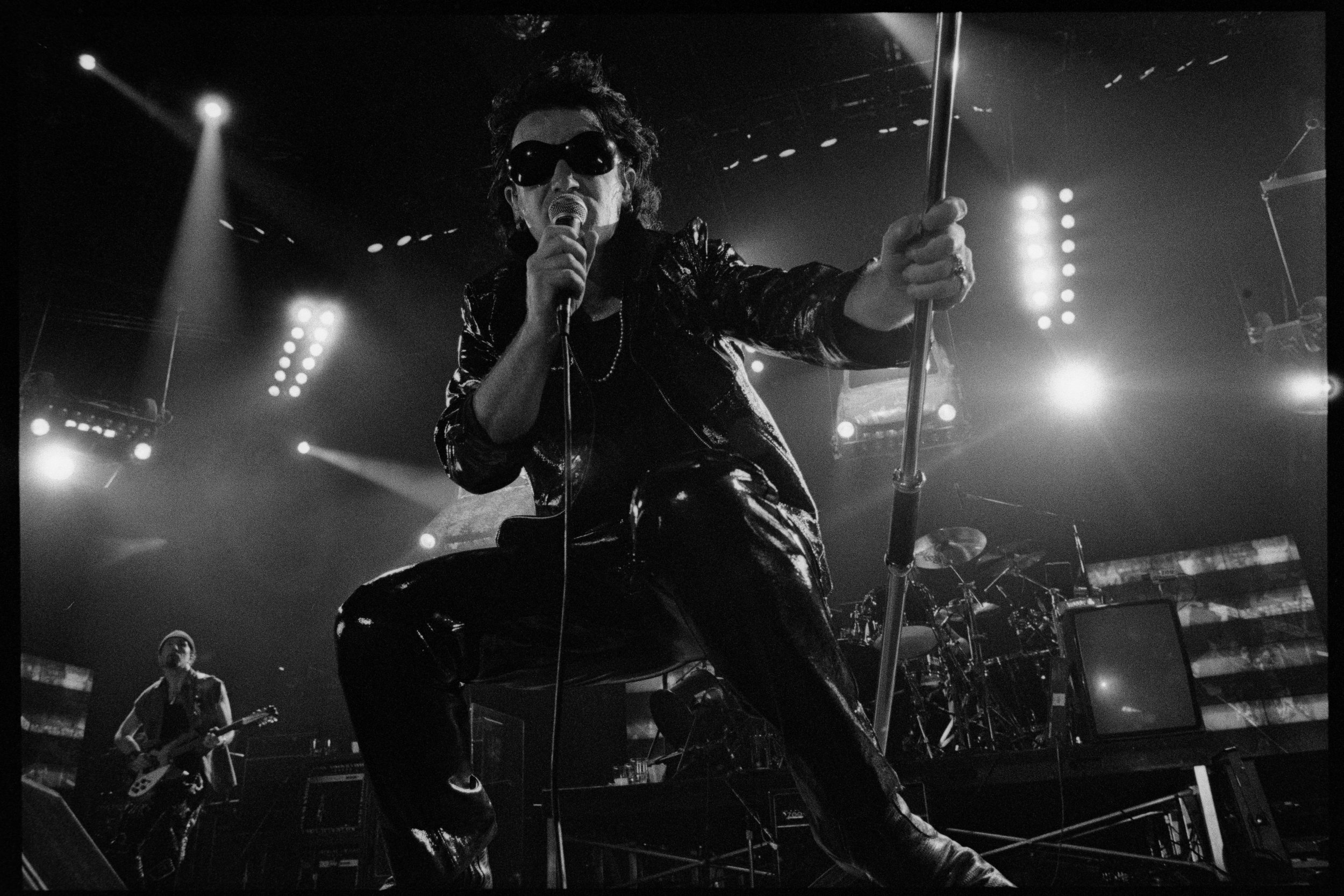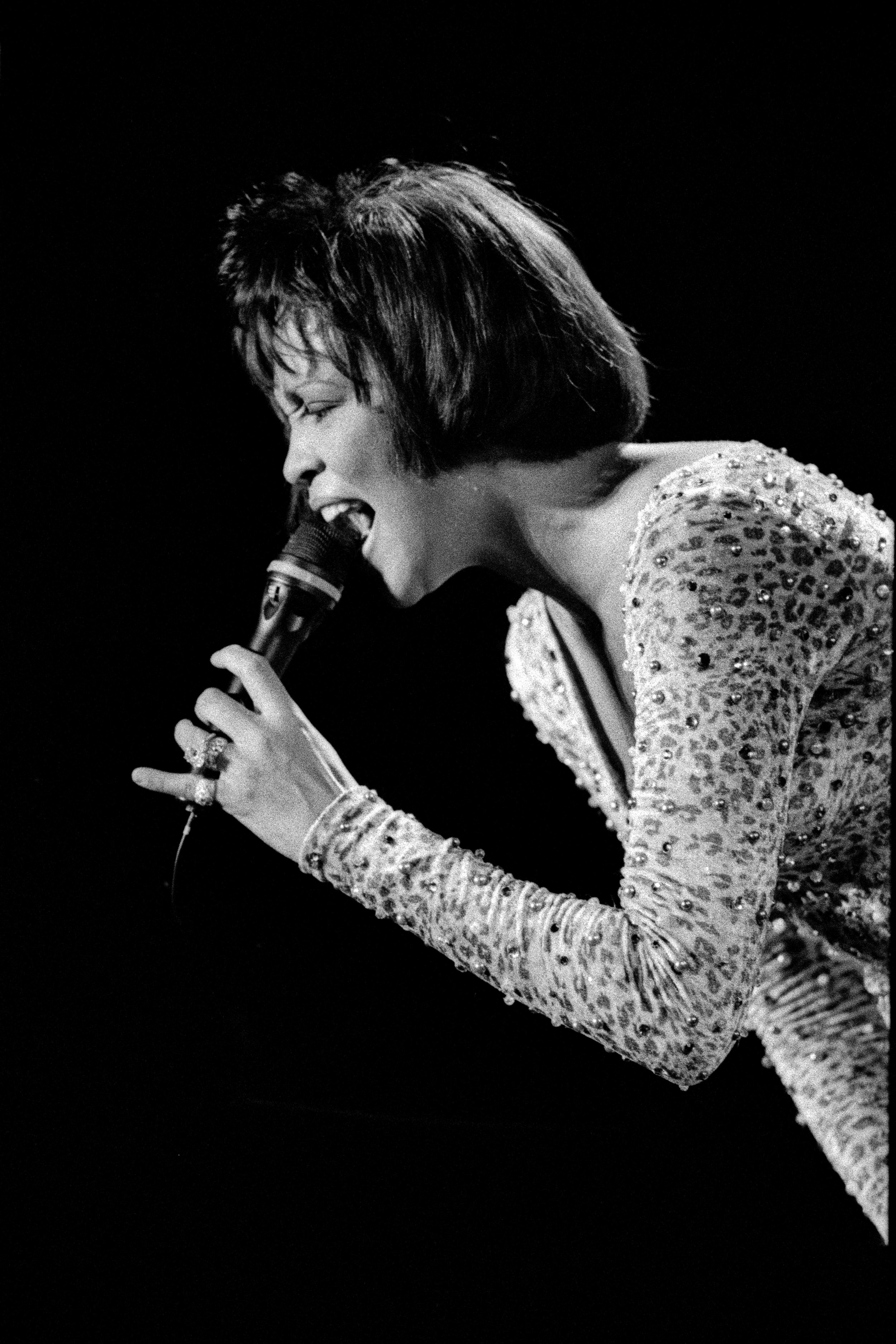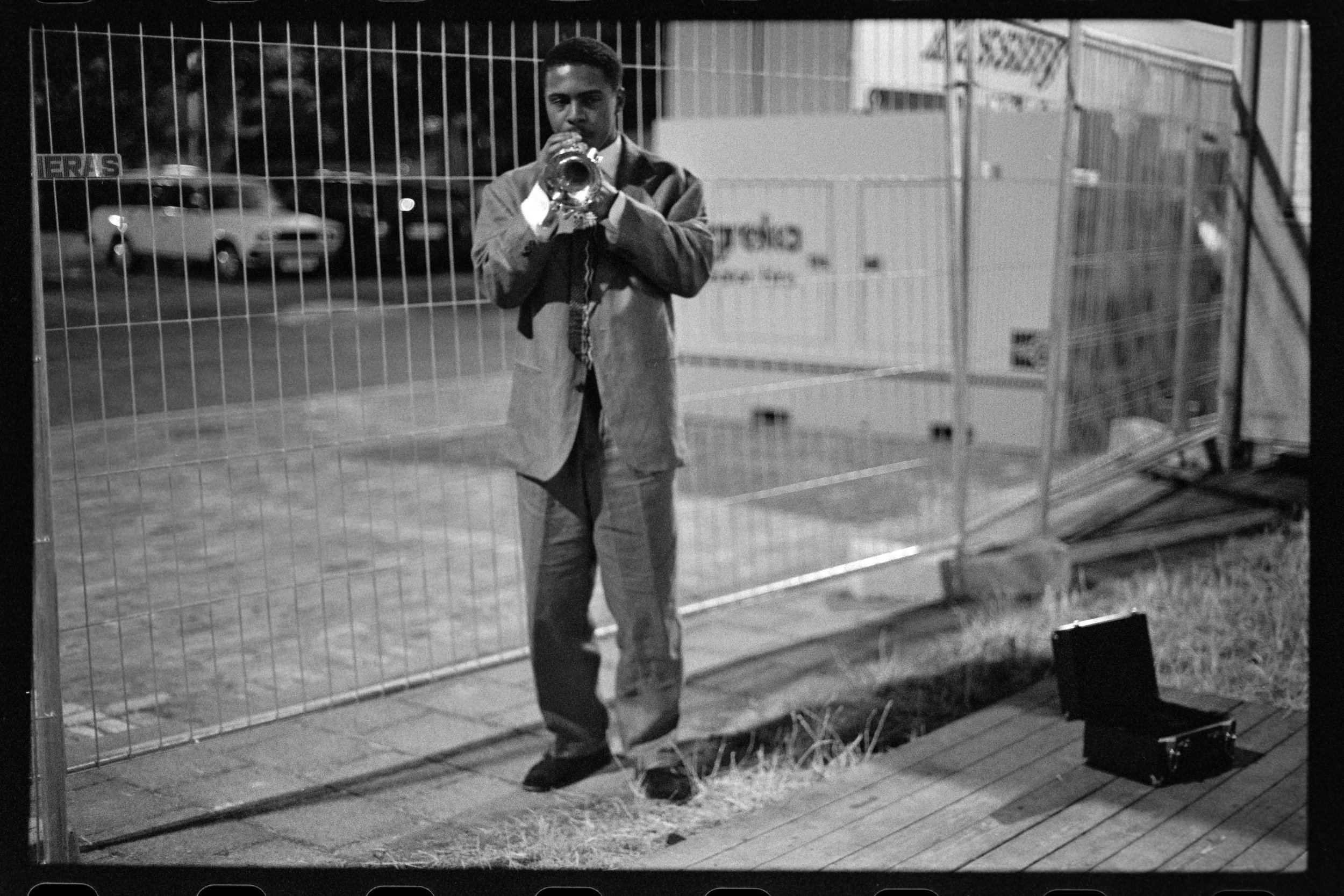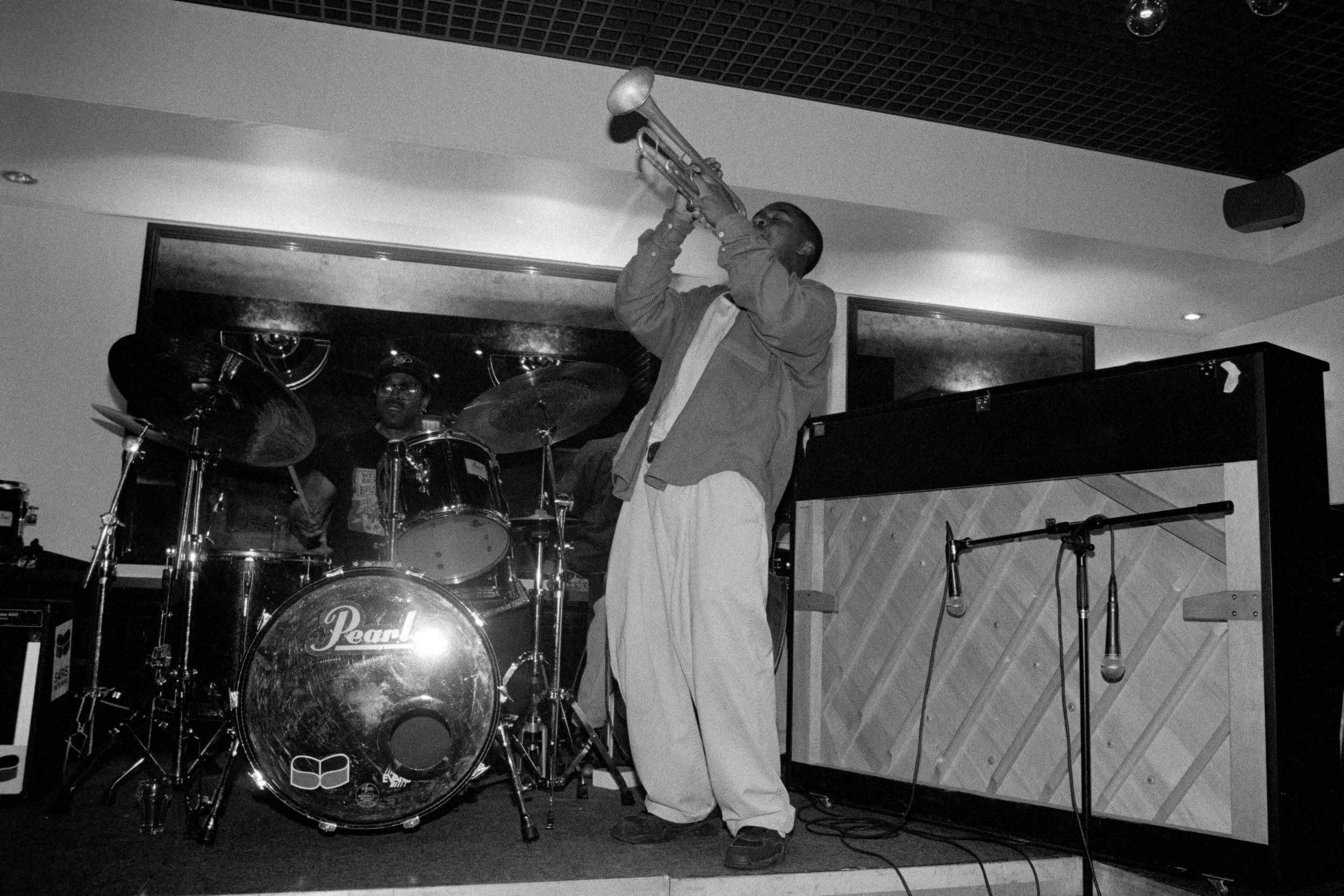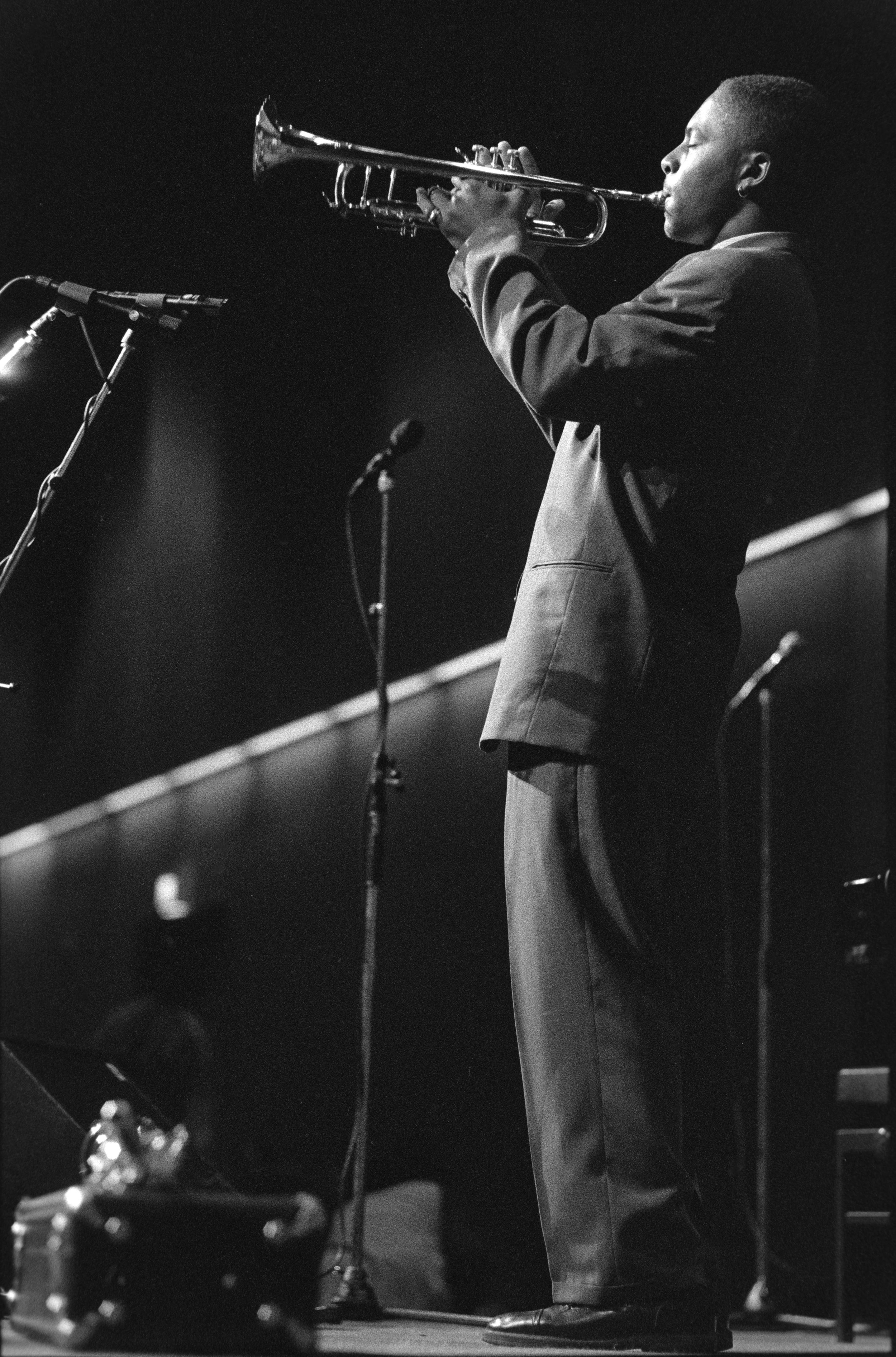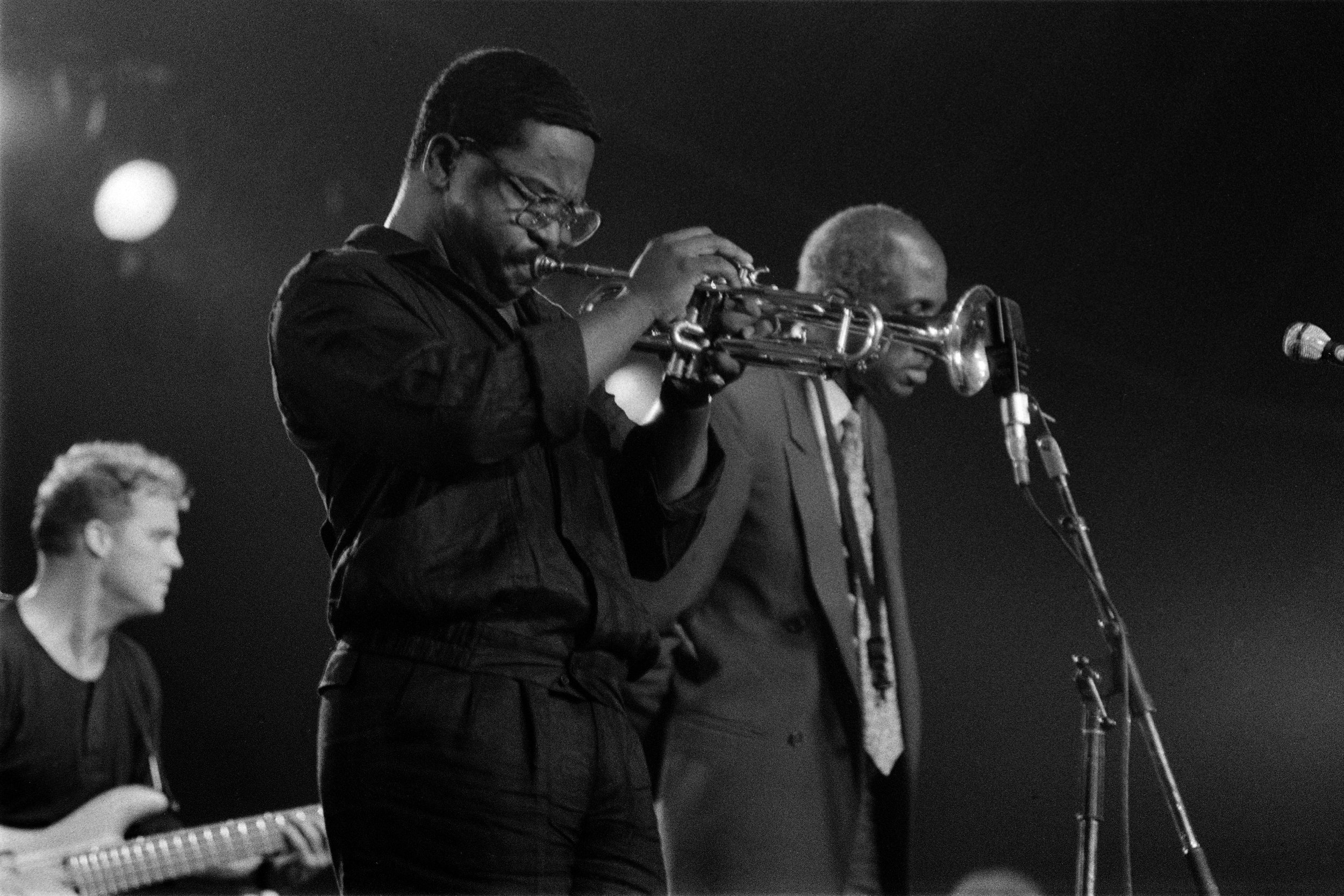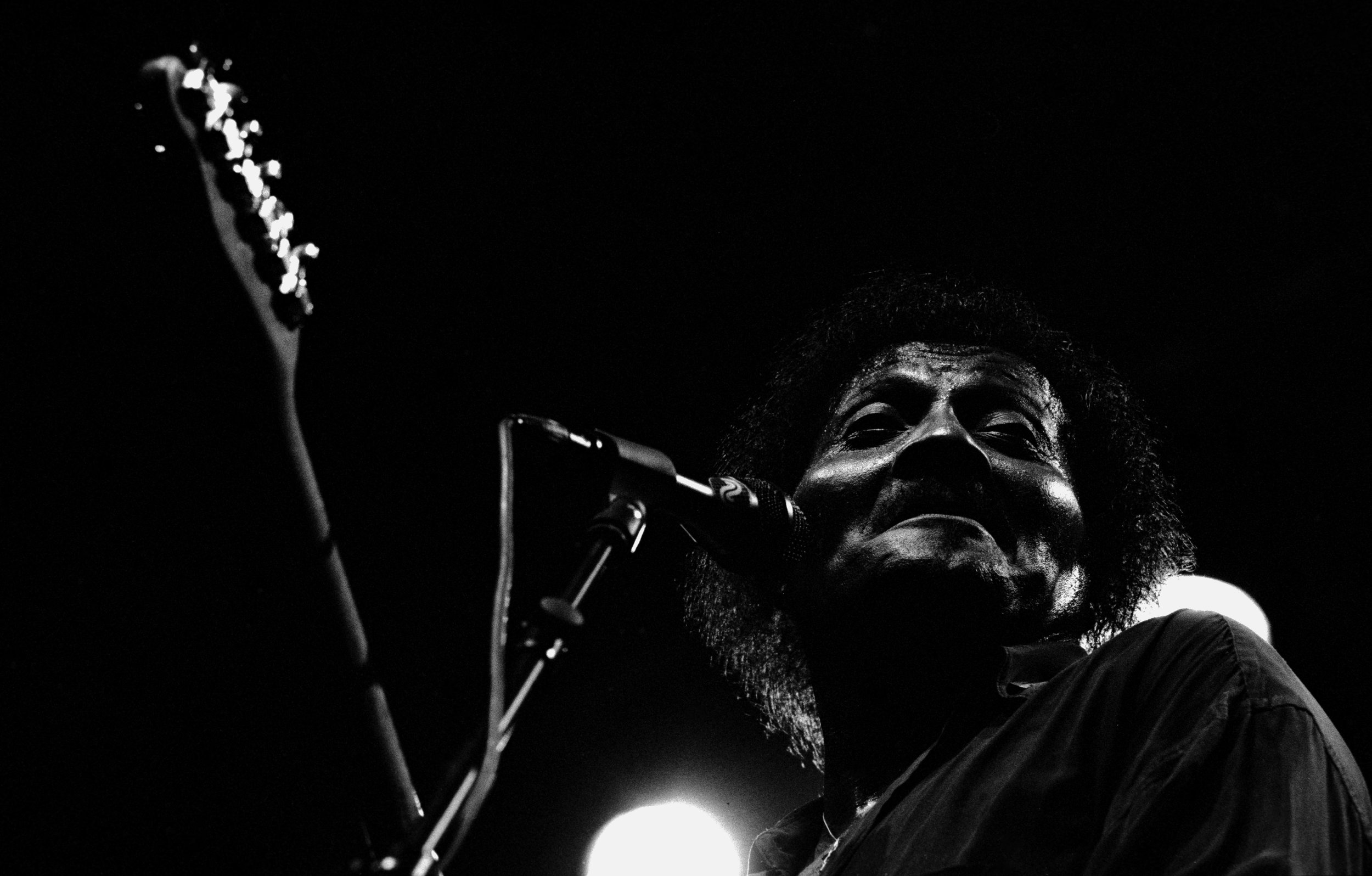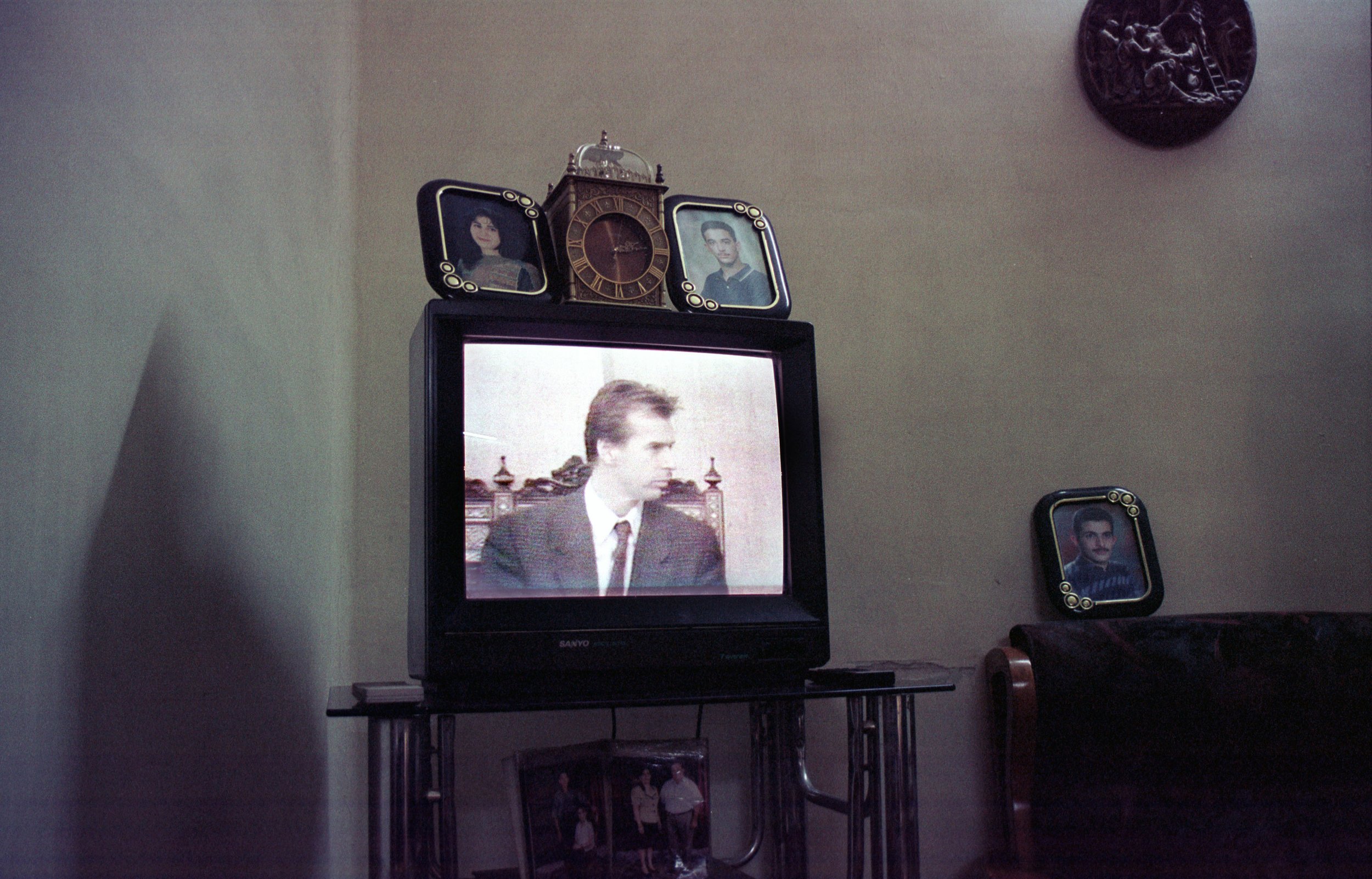
My name is Geert van Kesteren. You probably pronounce my name wrong - a Dutch G doesn’t exist in standard English. I am a lot behind the camera. I work from Jaffa, Israel-Palestine.
WHY MISTER, WHY?
2004, photo book & exhibition
What I saw, and what Geert recorded over the next 48 hours with his camera, I will never forget. As the two of us hustled from house to house in the middle of the night, joining U.S. soldiers as they busted down doors looking for insurgent ‘cells’, the suspicions I had long harbored in Washington began to coalesce, like the dust and mud on my feet, into a concrete reality. I realized that the Bush administration truly had no clue what it was doing in Iraq. - Michael Hirsh, senior editor of Newsweek, 2004.
On May 1st, 2003 president Bush addressed his controversial ‘Mission Accomplished’ speech on the flight carrier USS Lincoln, 20 miles out of the coast of San Diego. In this speech, broadcasted worldwide, the war on Iraq was sold as a success story; the Saddam regime was ousted and major combat operations had ended. That same day I arrived in Baghdad to bear witness of a completely opposite reality. The cynical policy under the leadership of Bush and Cheney derailed Iraq completely. American soldiers and Iraqi society paid a high price for it, with casualties and consequences that last to this very day. A war with half a million causalities, that cost the US taxpayer 4 trillion dollars, and did not establish the so desired democracy in the Middle East.
From the body of work from 2003 and 2004, I produced the photo book Why Mister, Why? to present in a layered documentary a complex portrait of Iraq during the U.S. occupation/liberation. It covers interrogations at prisons, excavations of Saddam’s mass graves, U.S. soldiers on patrol, and daily life in Iraq as families struggle to regain some sense of normalcy amidst the rubble. The book is designed as a kind of anti-coffee table book, it depicts over 250 photos printed on thin magazine stock with perforated edging. The images are intertwined with my personal experience of the situation in dairy-like notes in English and Arabic. To reveal how the US military came utterly unprepared for the chaotic instability of post-“Mission Accomplished”-Iraq.
Publisher: Artimo / Pages: 544 / Size:17 x 22 cm
To buy the book / more info
iApp Why Mister, Why? / more info
BAGHDAD CALLING
- 2008, photo book & exhibition
Three years after the US-led invasion of Iraq, gruesome violence and hopeless political crisis dominated the country. It spawned the world’s biggest exodus of civilians since 1948; out of 23 million Iraqis, well over four and a half million fled by 2006. The UNHCR estimated there were more than 1,2 million Iraqi refugees in Syria and half a million in Jordan. I decided to visit these refugees - Iraqis of all sects - and have one question on my mind; ‘why did you leave?’ To my surprise, they took their mobile phones and showed me reality…
In 2005-7, a mobile phone with a camera was a novelty. In post-war Iraq, it quickly became an item of utmost importance. Insurgents used mobile phones to communicate and detonate bombs, while Iraqis relied on them to avoid danger. It guided the refugees to safety. I also noticed that the refugees used their mobile phones as family albums; a window to dreams, love, and terror.
Publisher: episode publishers / Pages: 388 / Size:19 x 25 cm
Included in "The Photobook: A History Volume III" by Parr/Badger
2009 Infinity Award in Photojournalism ICP New York
The Barbican Art Gallery, London, 2008
THE BELIEVERS
- 2018, audiovisual installation (27 monitors, 18:20 min, loop) / produced by Forhanna
Biblical curiosities still exist in the Holy Land. With a camera at hand, I followed pilgrims among massive spiritual gatherings.
What makes us human? Does our authority come from free will or the gods, or is there a new competitor—the algorithms in our phones and computers?
In 2018, ‘The Believers’ was first presented in a former prison—in the shape of Jeremy Bentham’s panopticon—at Breda Photo.
WORK IN PROGRESS
Cinematography for ‘Yung Yiddish’, a documentary film by director Noa Ben Shalom about the struggle for survival of a dying culture: Yiddish.
GOD’S ADDRESS
(2017, documentary film, 54 min)
Jerusalem is a city that contains one God interpreted by the three monotheistic faiths—situated at the crossroad between heaven and earth, the center of global history, and home to the Israeli-Palestinian conflict. This documentary journeys through the eye of the storm to the Haram al-Sharif / Temple Mount, examining the ways in which religious and political perspectives manifest in contemporary life. How is it possible that such a godforsaken place continues to bear enormous implications upon the rest of the world — why Jerusalem?
>> ‘Letter to God’ send to the post office in Jerusalem in 2017.
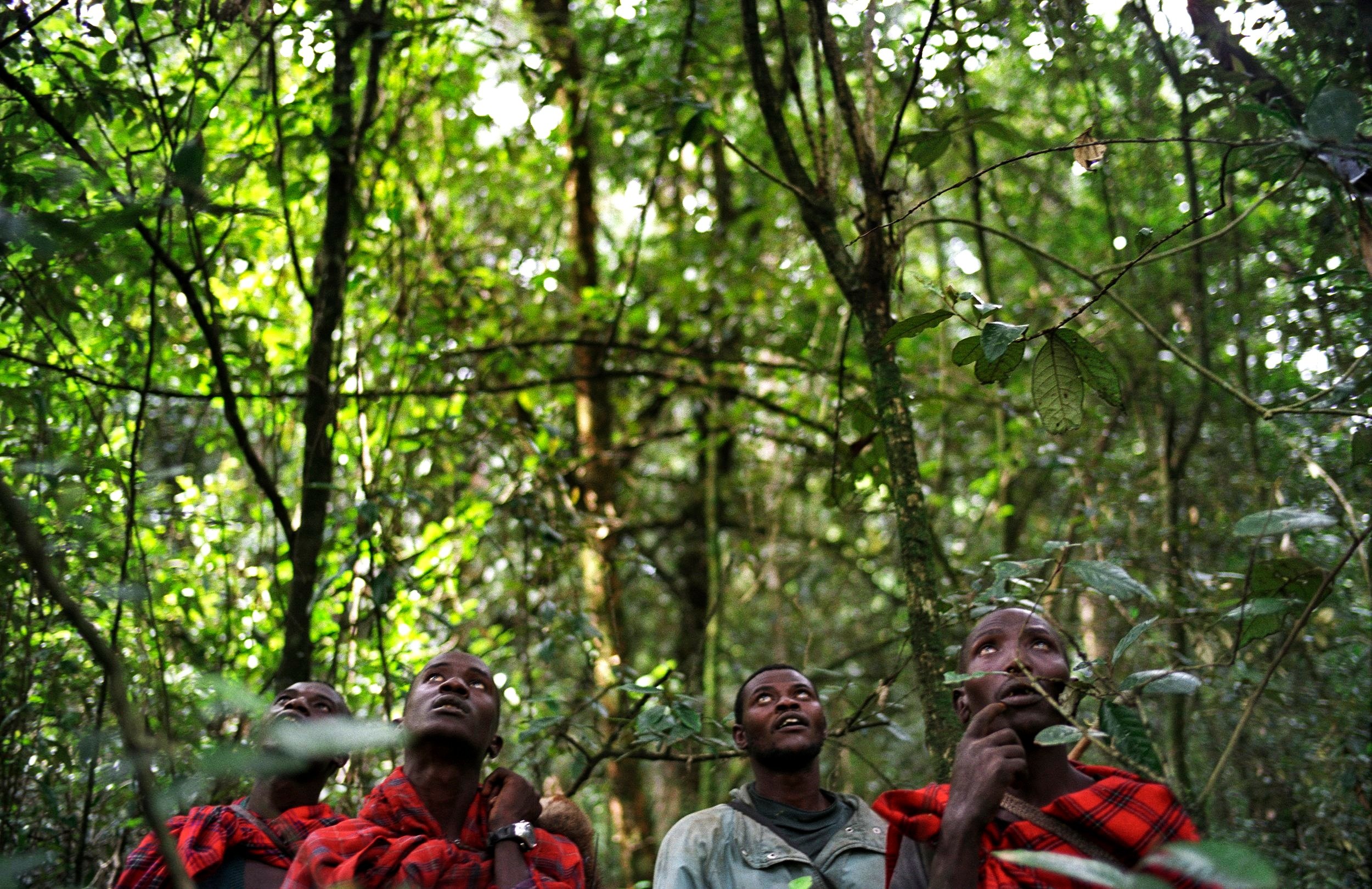
Ogiek hunters and gatherers searching for honey. Kenya, 2004
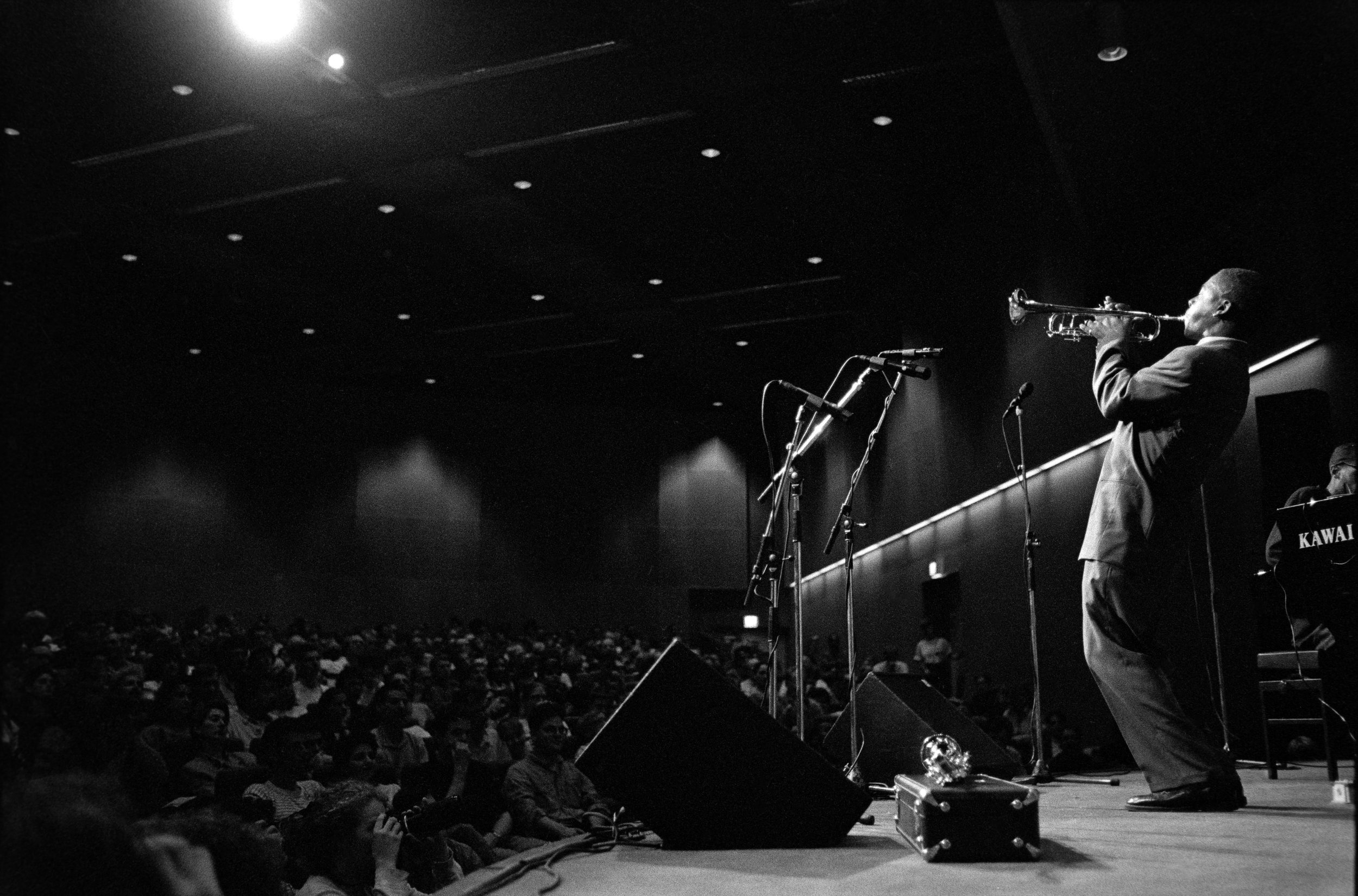
In 1989, I made my first serious photograph, and soon after started my career with making images at concerts.
As I browse through my music archive, I realize something. I had no formal education, no art school—but in jazz I found great inspiration. One night at the BIMHuis, saxophonist Branford Marsalis told me: "Man, anyone can play the notes, but you have to make it spiritual." Those words have stayed with me my entire life.
Photography, like music, can connect people to something greater than themselves—to the core of our existence. Art touches the deepest human emotions. That’s where its true power lies. And that’s why you have to pour your soul in it.
